Postmodernism in interior design emerged as a vibrant and playful rebellion against the strict, minimalist rules of modernism. This audacious style, which peaked in the 1970s and 80s, celebrates eclecticism, irony, and individuality. It embraces bold colors, clashing patterns, and sculptural forms, prioritizing aesthetics and personal expression over pure functionality. By breaking conventional design rules, Postmodern interiors create spaces that are theatrical, thought-provoking, and full of personality. This approach allows for a unique blend of historical references, pop culture, and artistic freedom, resulting in a look that is anything but ordinary.
1. Incorporating Broken or Fragmented Columns
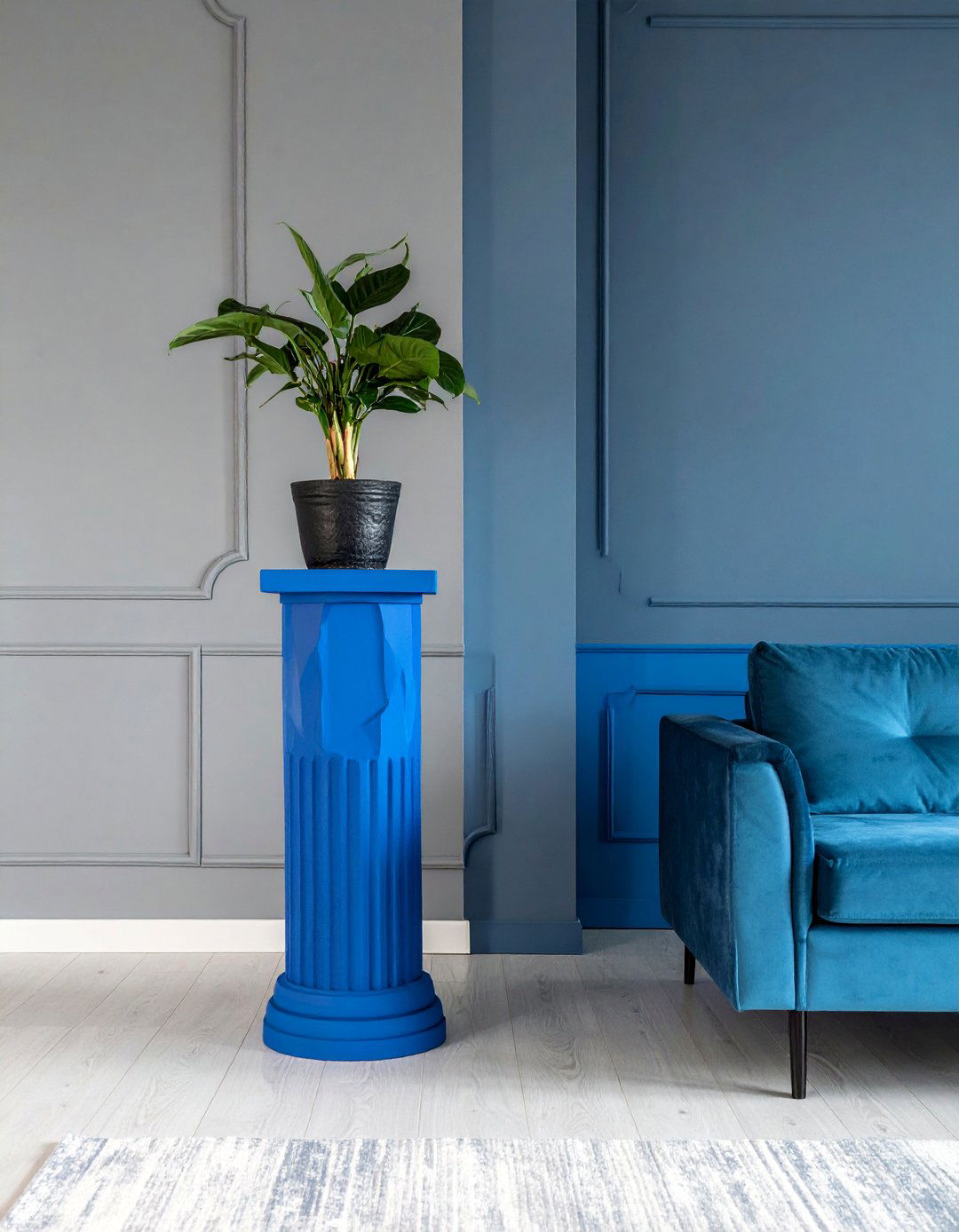
A defining characteristic of Postmodernism is the deconstruction of classical forms, and using broken or fragmented columns is a perfect example. These architectural elements are taken out of their historical context and used purely for decorative, often ironic, effect. Imagine a partial Doric column serving as a plant stand or a fragmented pedestal acting as a side table in a living room. Painted in a bold, unexpected color like neon pink or electric blue, the column becomes a sculptural piece of art. This approach subverts traditional expectations, adding a sense of historical whimsy and intellectual playfulness to the interior space.
2. Using Terrazzo on Unexpected Surfaces
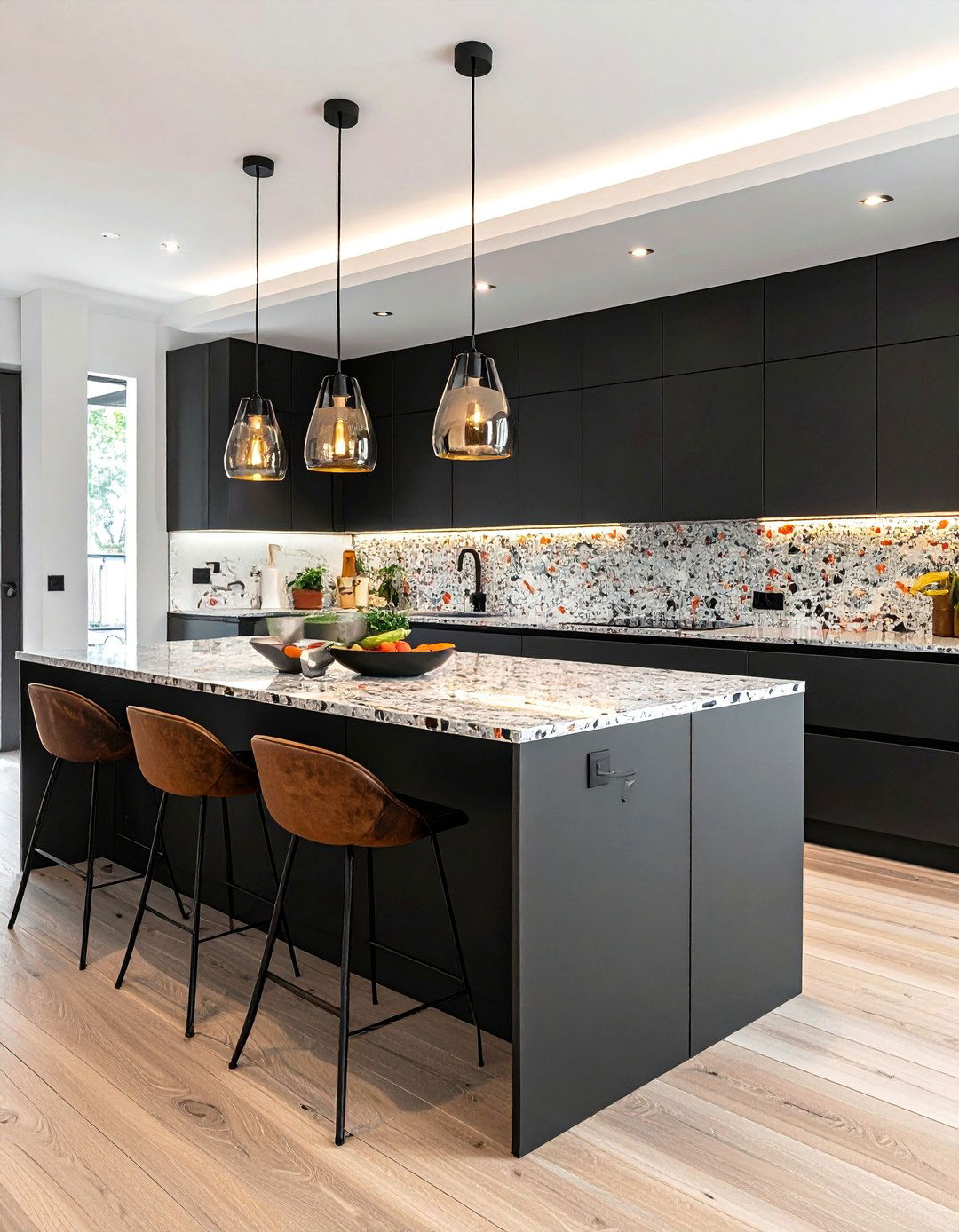
Terrazzo, a composite material with colorful chips of marble, quartz, or glass, is a quintessential Postmodern element. While traditionally used for flooring, this style pushes its application to unconventional surfaces for a bold statement. Consider a kitchen with a vibrant, large-chip terrazzo countertop that extends up the backsplash, or even a statement dining table crafted entirely from this playful material. The irregular patterns and confetti-like appearance of terrazzo add texture, color, and a sense of fun. This revival material brings a graphic, artistic quality that breaks the monotony of uniform surfaces, perfectly embodying the movement's joyful spirit.
3. Bold Geometric Patterned Wallpaper
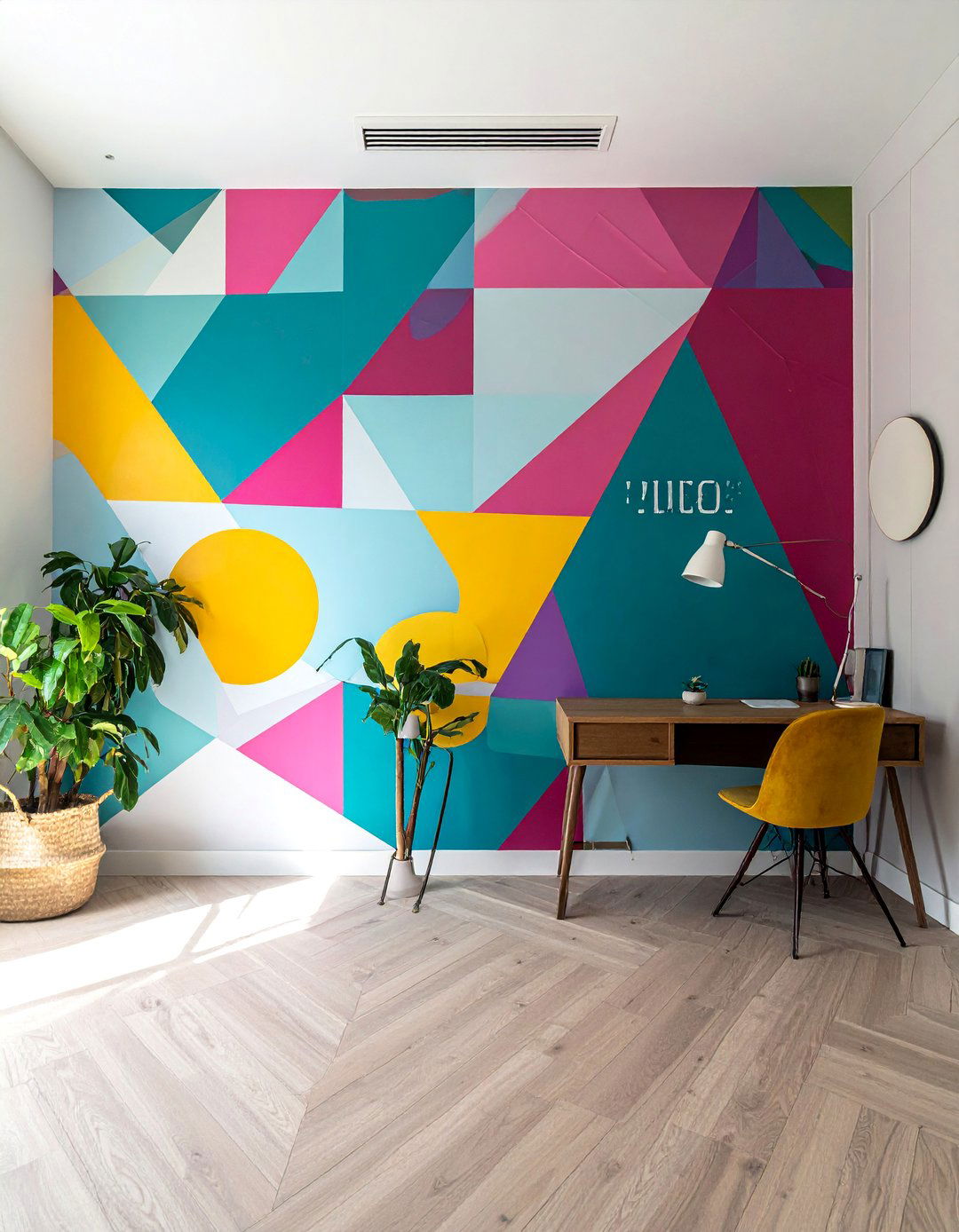
Geometric patterns are a cornerstone of Postmodern design, and applying them through wallpaper creates an immersive and visually stimulating environment. Forget subtle prints; think large-scale, high-contrast designs featuring triangles, circles, squiggles, and grids in clashing colors. An accent wall in a living room or a fully papered powder room with such a pattern becomes an instant focal point. This choice reflects the era's fascination with graphic design and pop art, turning walls into a canvas for expressive, abstract forms. The effect is dynamic and energetic, infusing the space with a sense of rhythm and exuberant personality.
4. Asymmetrical Furniture Arrangements
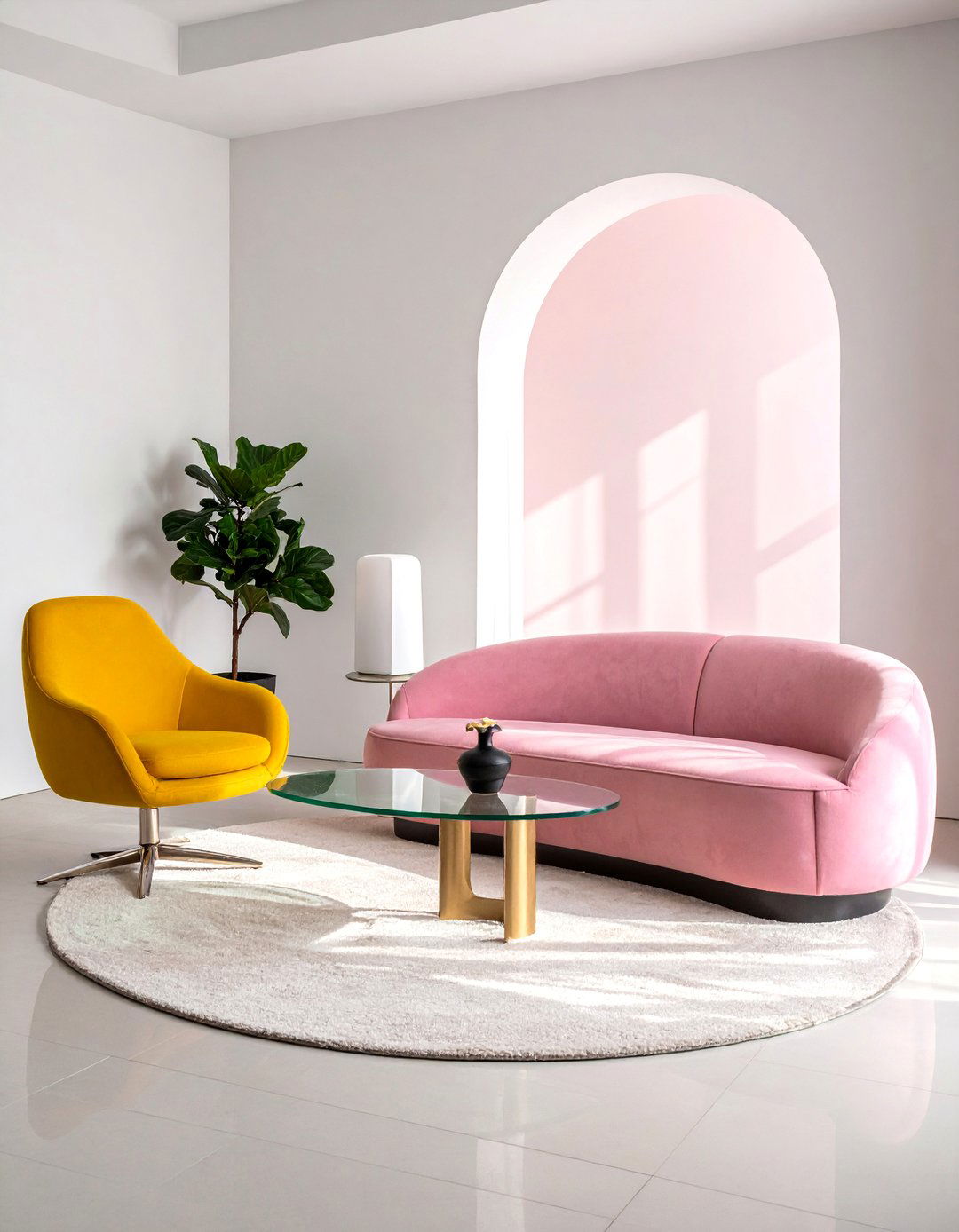
Postmodern design challenges the modernist obsession with symmetry and perfect balance. Instead, it favors asymmetrical furniture arrangements that create visual tension and interest. In a living room, this could mean placing a large, sculptural sofa off-center, balanced by two mismatched armchairs and an irregularly shaped coffee table. This approach feels more dynamic and less rigid than a traditional mirrored layout. It encourages the eye to move around the room, discovering different focal points. By intentionally avoiding perfect alignment, you create a space that feels more spontaneous, artistic, and less constrained by conventional decorating rules.
5. Memphis Group Inspired Furniture
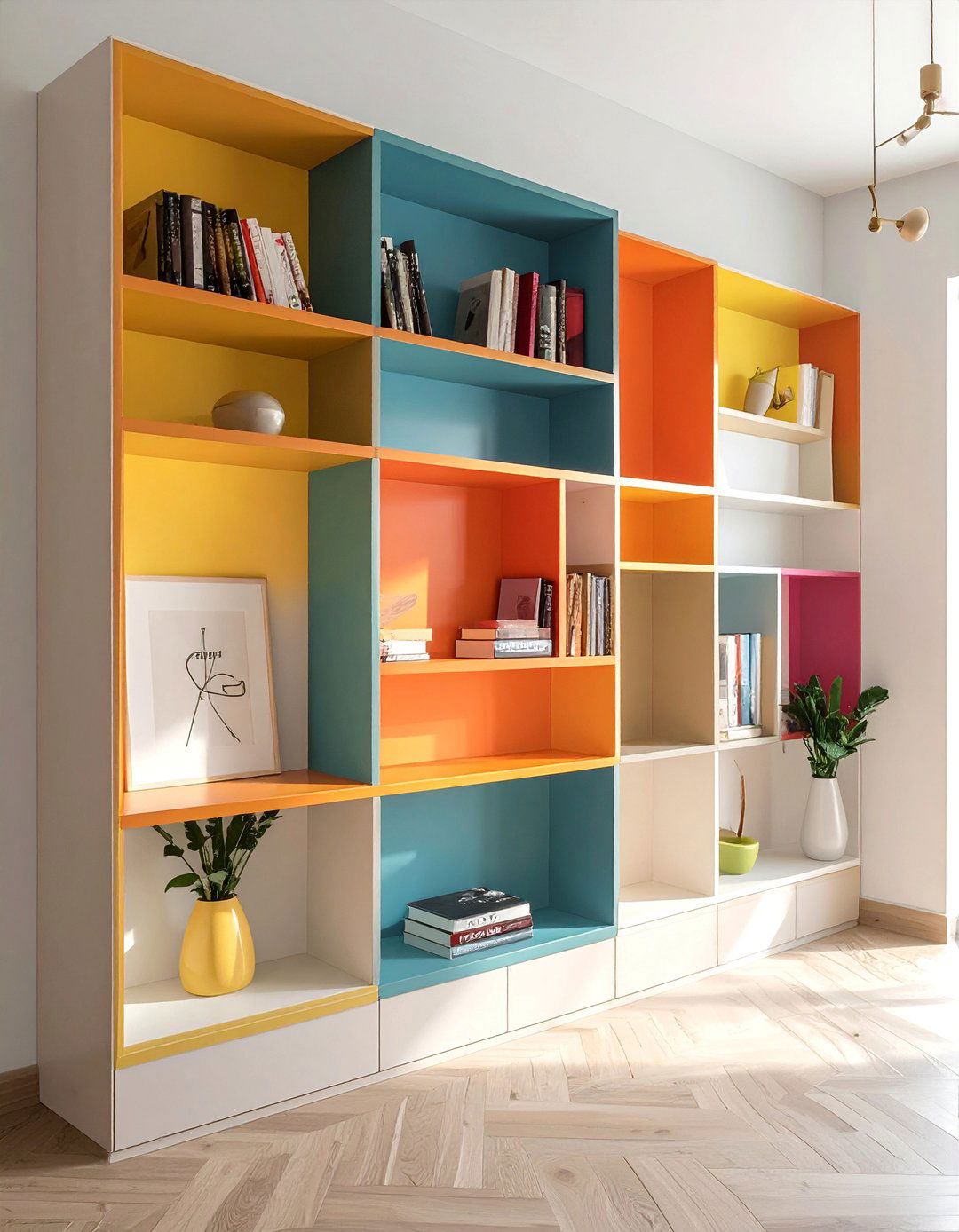
The Memphis Group, an Italian design collective from the 1980s, is synonymous with Postmodernism. Incorporating furniture inspired by their work is a direct nod to the style's most iconic expressions. These pieces are characterized by their laminate surfaces, bold and clashing color palettes, and playful, almost cartoonish geometric forms. Think of a bookcase with angled shelves in different colors, a bed with a large, circular headboard, or a chair composed of stacked spheres and cones. A single piece of Memphis-inspired furniture can act as a functional sculpture, injecting a powerful dose of energy, humor, and radical design into any room.
6. Playful Sculptural Lighting Fixtures
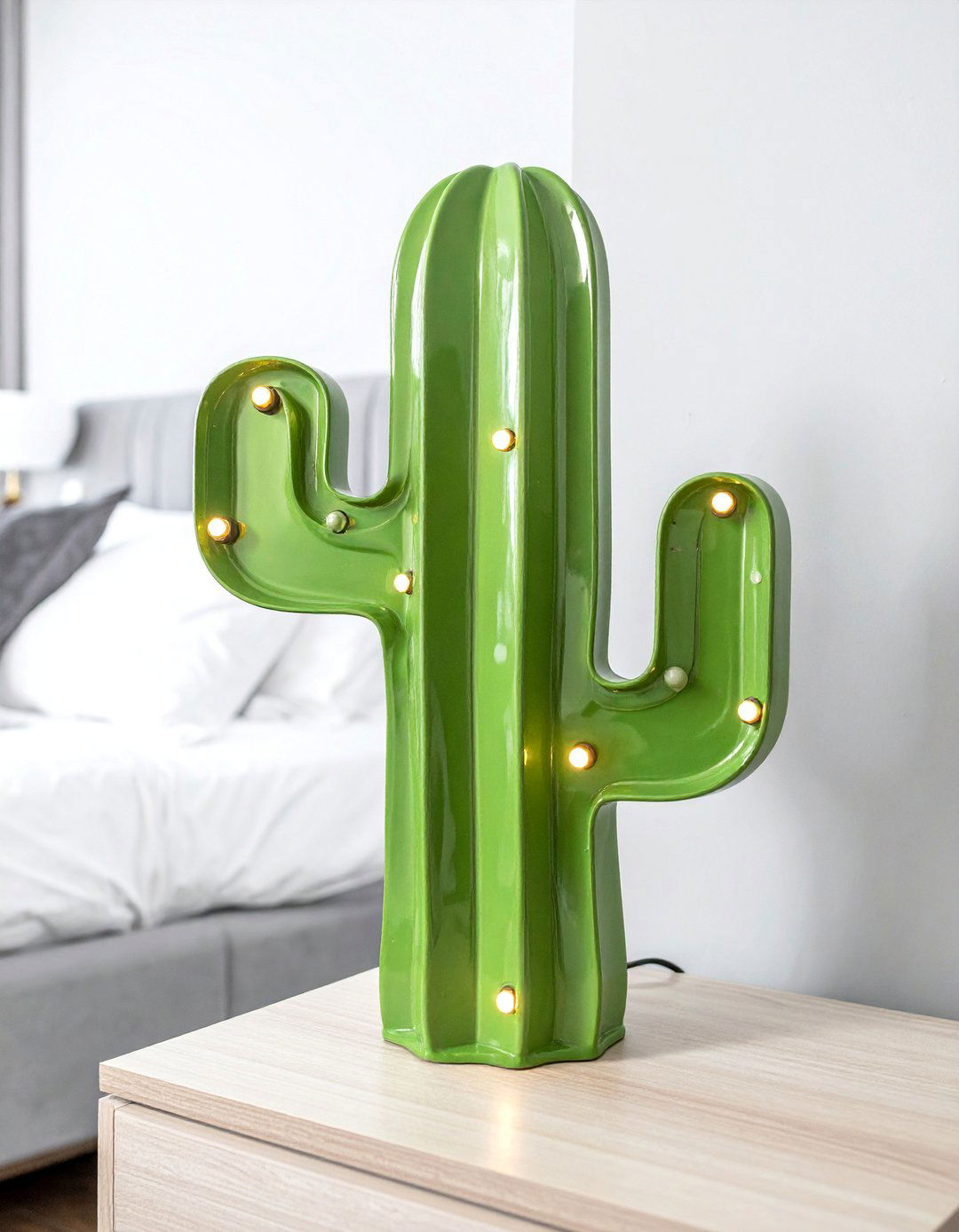
In Postmodern interiors, lighting transcends mere function to become a central artistic statement. These sculptural fixtures are often whimsical and unconventional, prioritizing form and visual impact. Look for table lamps with bases shaped like abstract figures, chandeliers made from a collage of geometric elements, or floor lamps in bright, primary colors with quirky, asymmetrical arms. The materials can be just as varied, from colorful plastics and metals to lacquered wood. This type of lighting acts as a piece of art that illuminates a room, drawing attention and adding a layer of playful sophistication and creative flair.
7. Radical Color Blocking on Walls
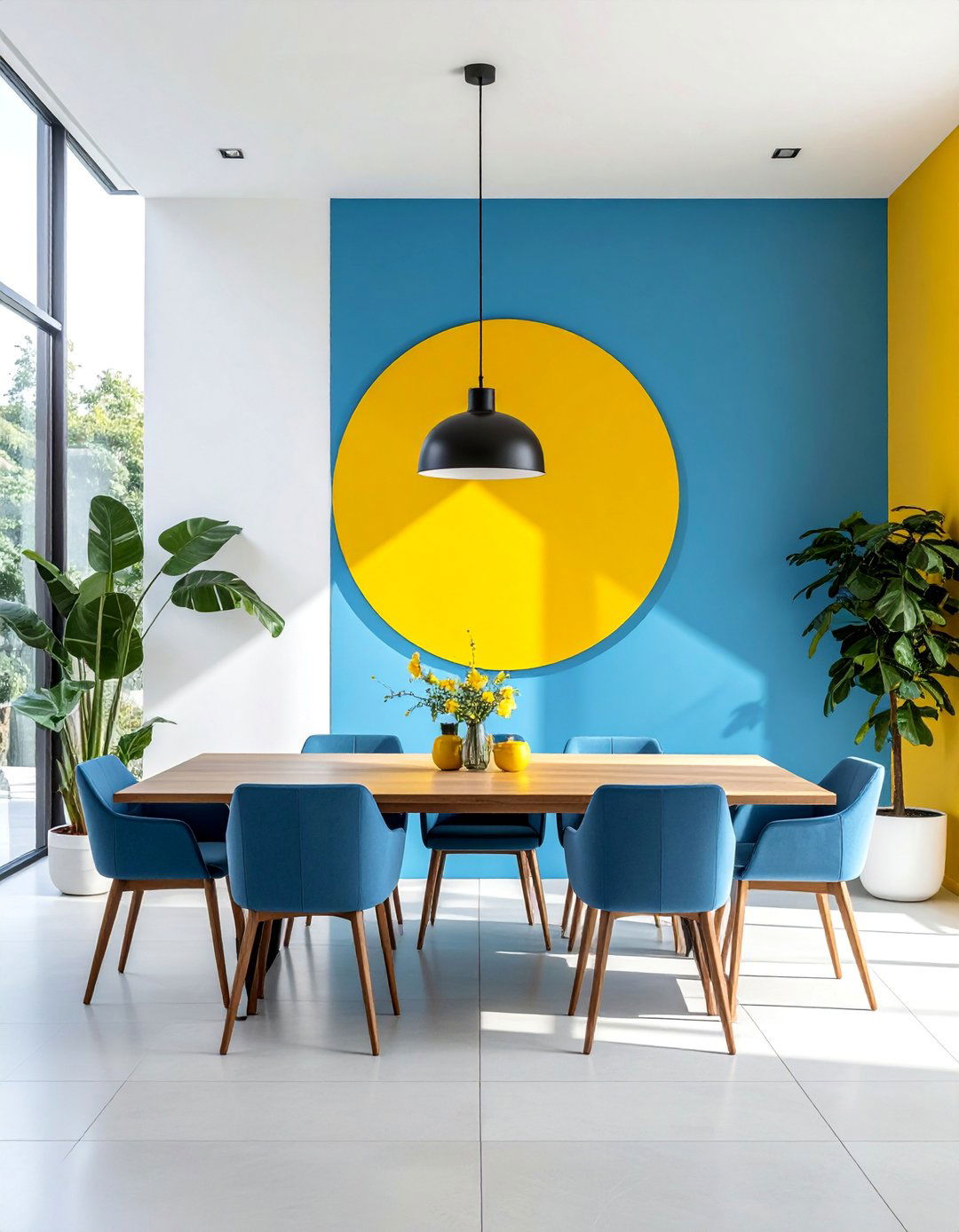
Color blocking is a powerful technique used in Postmodern design to define spaces and create a bold graphic effect. This involves painting large, distinct sections of walls in contrasting, saturated colors. For instance, a living room wall might be divided into a bright yellow square, a cobalt blue rectangle, and a red stripe, with the shapes intersecting or overlapping. This technique moves beyond the single accent wall, treating the entire room as a canvas. It challenges traditional architectural boundaries and adds a sense of dynamism and energy, transforming a simple room into an immersive, gallery-like experience filled with visual excitement.
8. Blending High and Low Art Elements
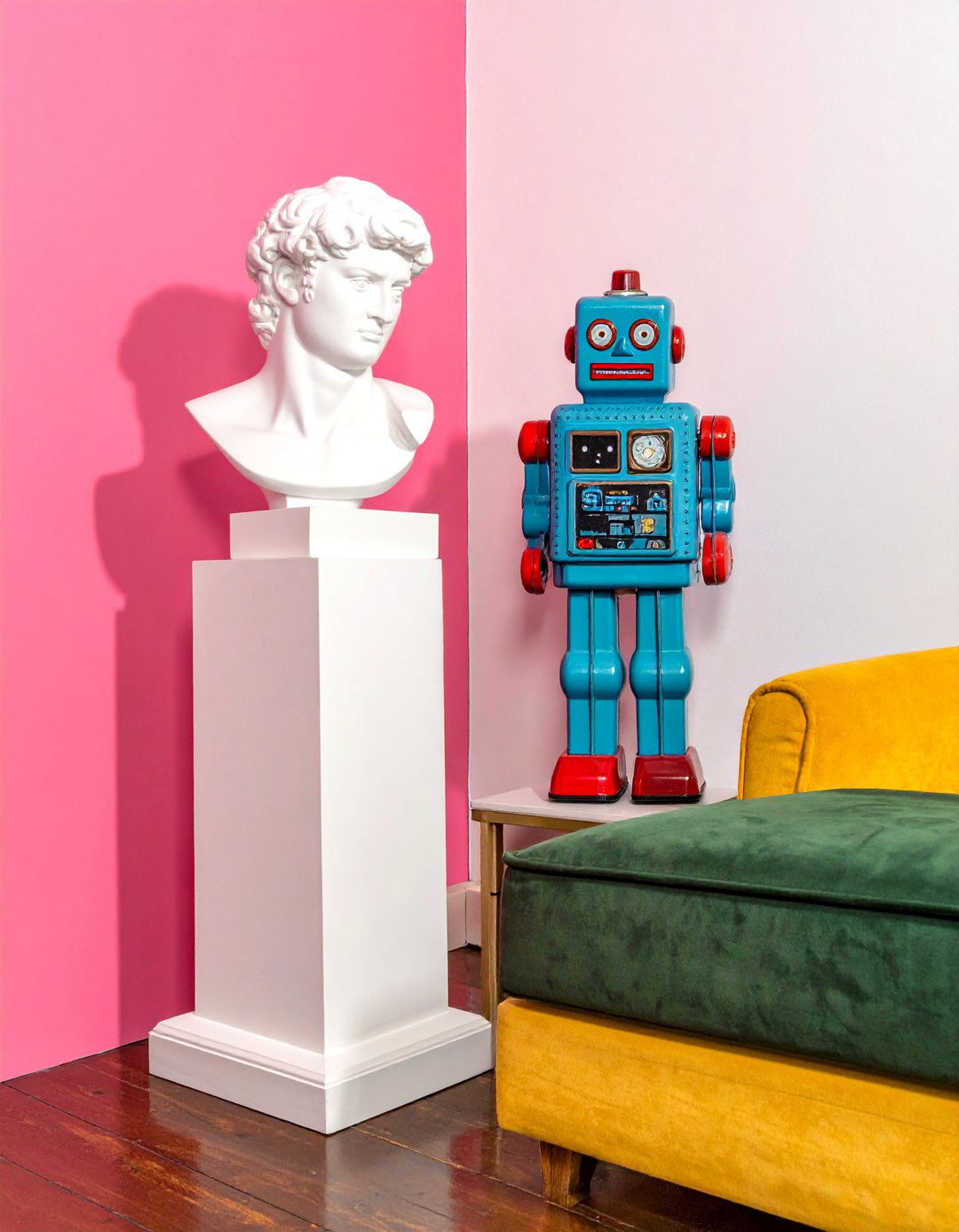
A core tenet of Postmodernism is the blurring of boundaries between high culture and mass-market pop culture. This translates into interiors by mixing prestigious art pieces with everyday, kitschy objects. You could display a classical-style bust sculpture next to a collection of vintage plastic toys or hang a serious abstract painting above a brightly colored laminate console table. This eclectic mix is intentionally ironic and challenges notions of "good taste." It creates a space that is deeply personal and humorous, reflecting a wide range of interests and refusing to take itself too seriously, which is the ultimate Postmodern statement.
9. Overstated and Theatrical Window Treatments
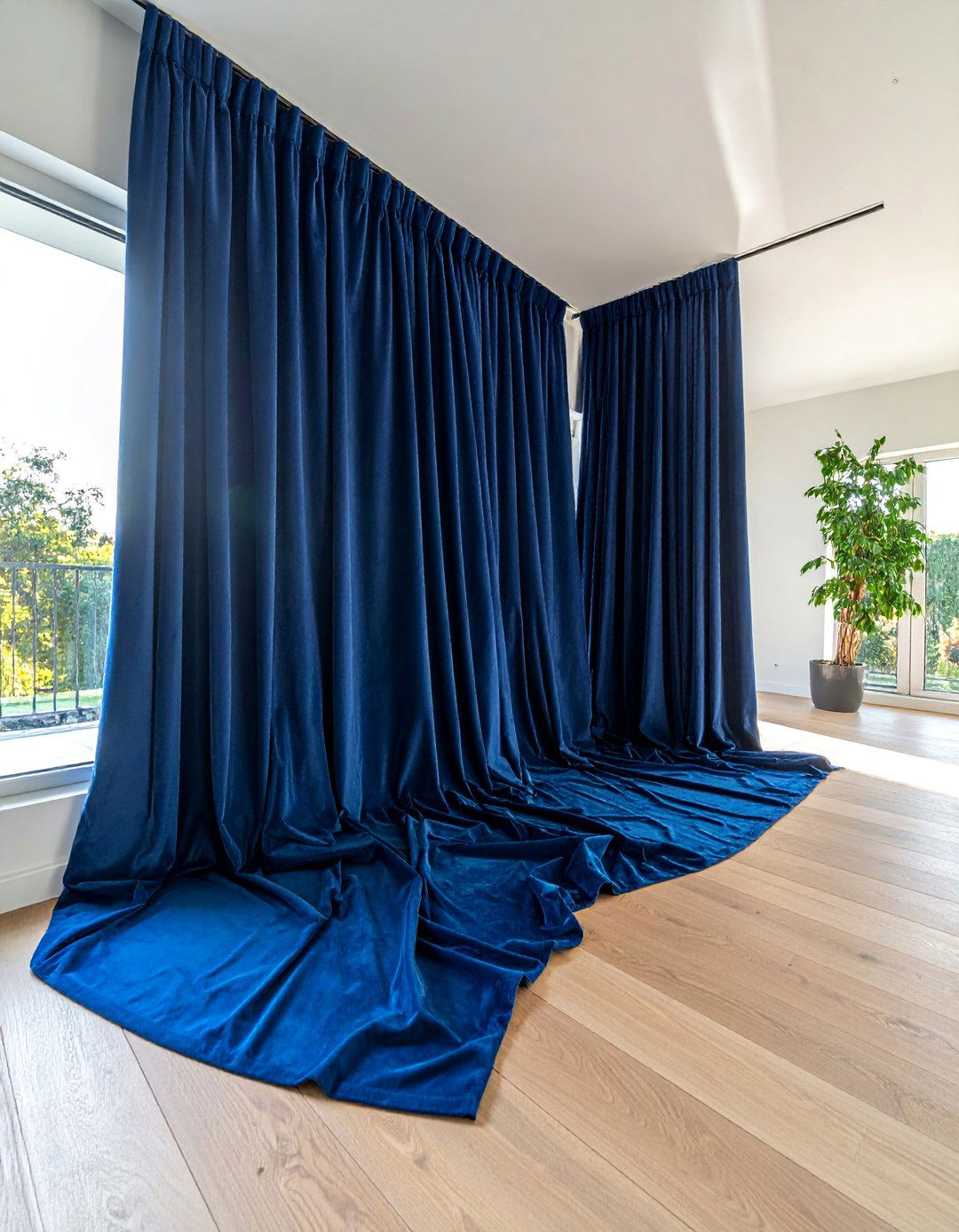
Postmodern design often incorporates a sense of drama and theatricality, and window treatments are an excellent way to express this. Move beyond simple blinds or neutral curtains and opt for oversized, extravagant drapery. Think heavy, luxurious fabrics like velvet or taffeta in a bold, saturated color that pools dramatically on the floor. Alternatively, consider curtains with a loud, graphic pattern that clashes with the wallpaper. The design can be further enhanced with exaggerated swags, asymmetrical tie-backs, or ornate, sculptural curtain rods. This approach frames the window as a stage, adding a layer of opulence and playful grandeur to the room.
10. Use of Plastic Laminate in Cabinetry
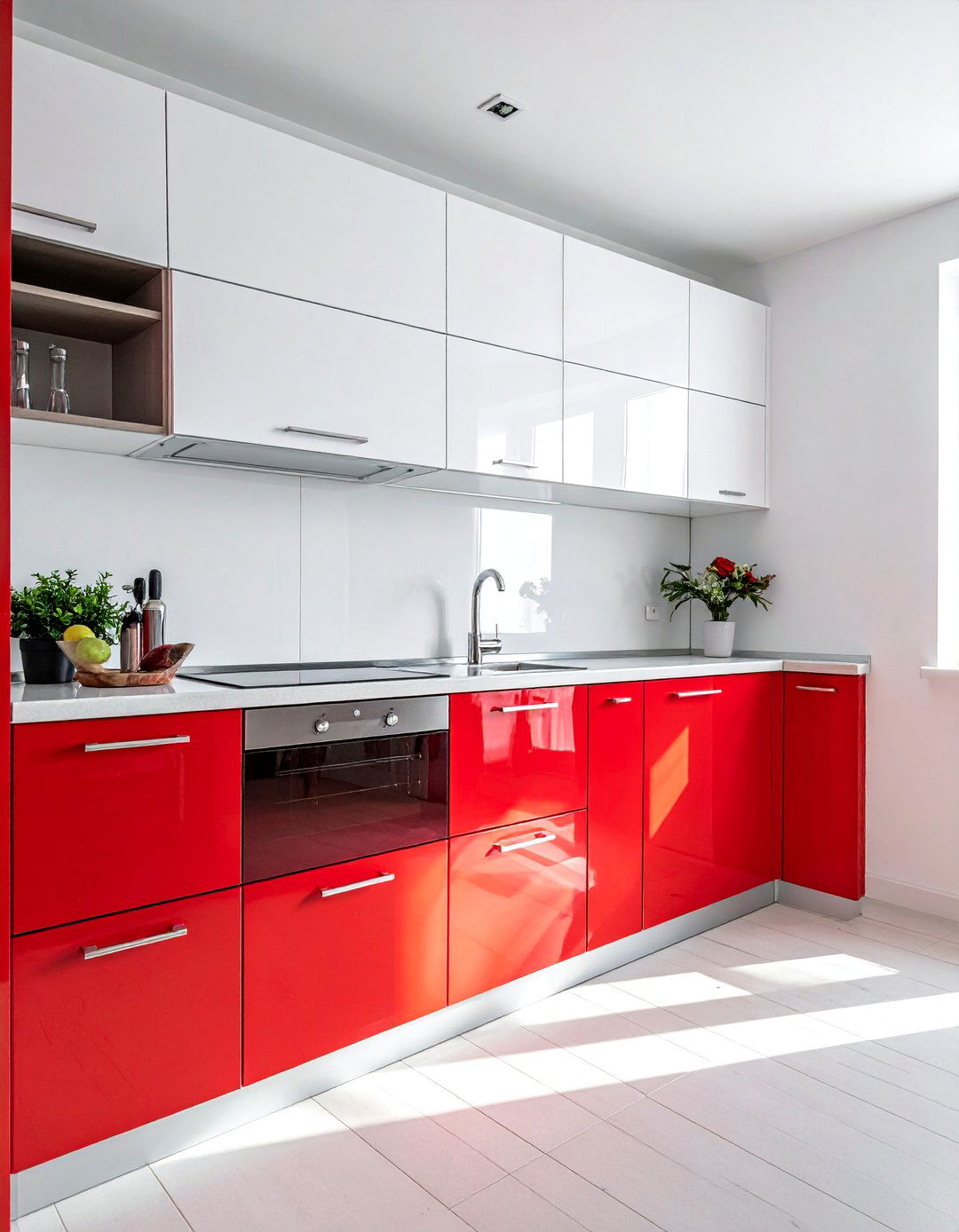
Plastic laminate, once considered a purely utilitarian material, was elevated to a high-design element by Postmodernists. Its ability to be produced in a vast array of bright, solid colors and patterns made it perfect for the movement's aesthetic. Incorporate this by designing kitchen or bathroom cabinetry with flat-panel doors in bold, contrasting laminate colors. For example, use cherry red for the lower cabinets and a turquoise for the uppers, finished with simple, geometric hardware. This application of laminate is unapologetically artificial and fun, celebrating man-made materials and vibrant color over the natural wood finishes favored by modernism.
11. Reflective and Chromed Surfaces
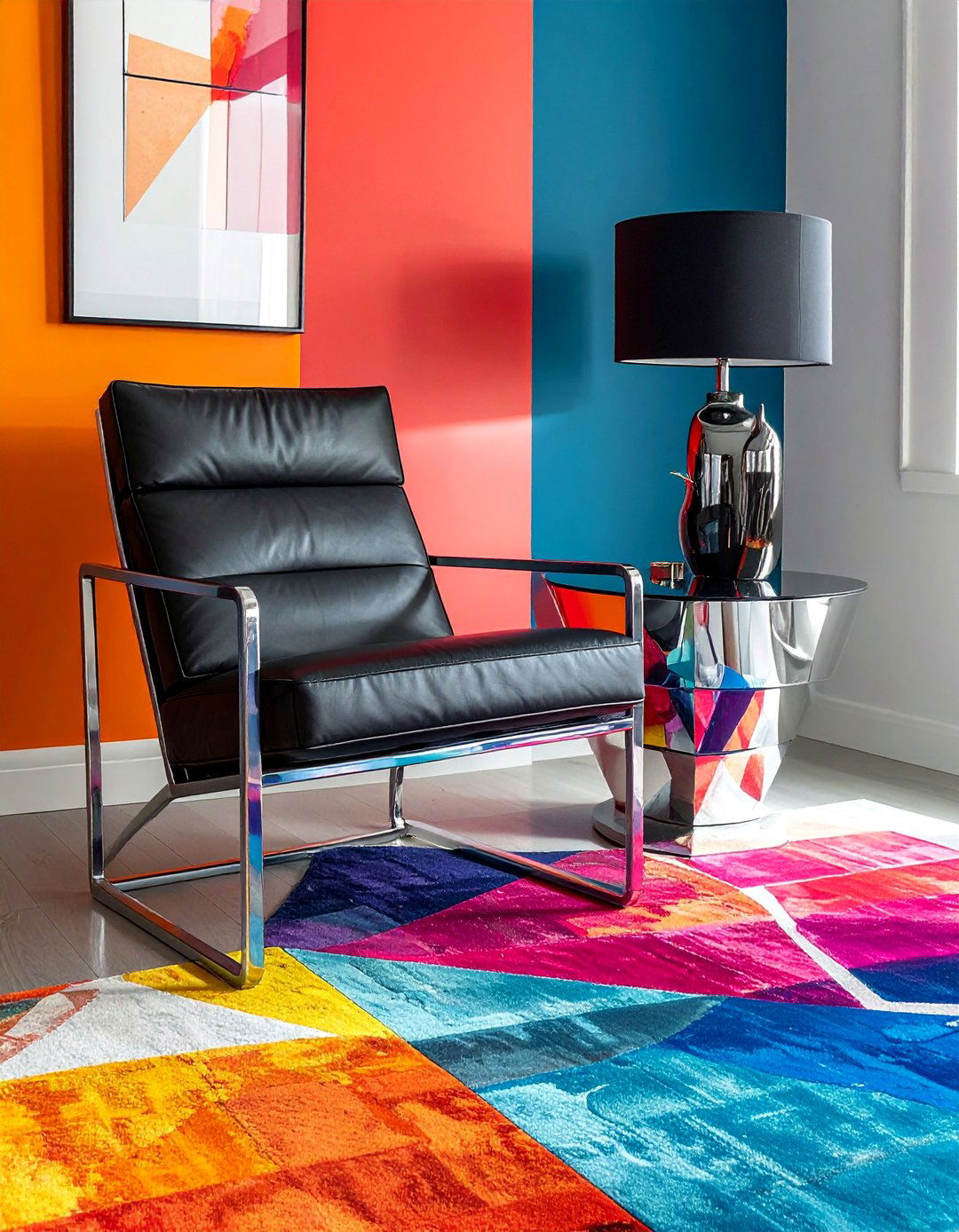
The glamour and slickness of the 1980s are captured in Postmodern design through the extensive use of reflective surfaces. Chrome, polished steel, and mirrored finishes are applied to furniture legs, lighting fixtures, and decorative objects. A chrome-framed coffee table with a glass top, a polished steel floor lamp, or a credenza with mirrored doors can add a touch of sleek, futuristic appeal. These shiny surfaces reflect light and color, amplifying the vibrancy of the space and creating a sense of energy. The contrast between these cool, metallic finishes and the room's bold colors and soft textiles creates a dynamic visual texture.
12. Quotation of Historical Furniture Styles
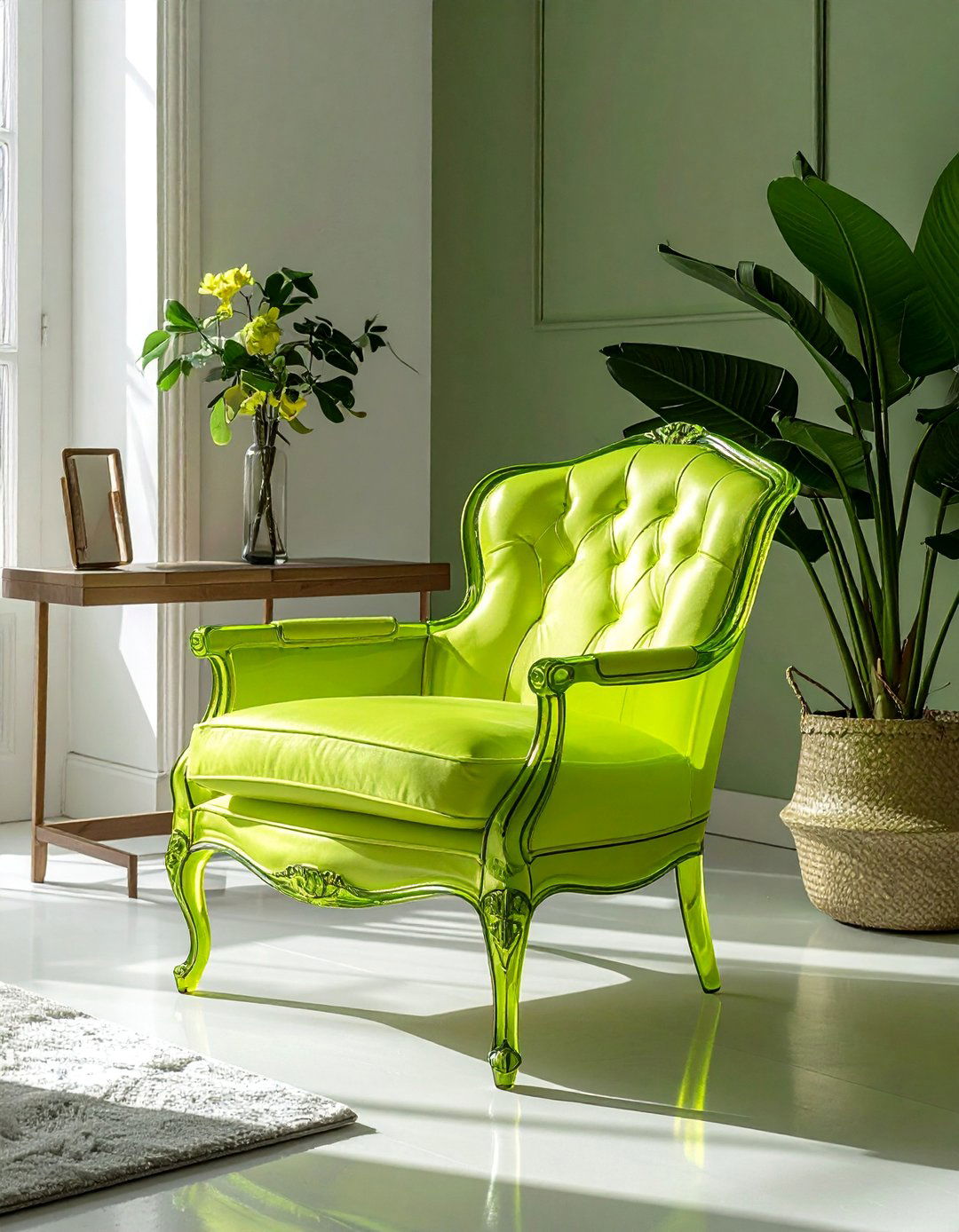
Postmodernism loves to borrow from history, but it does so with a twist. This involves taking a classic furniture design, like a Louis XV chair or a Queen Anne table, and "quoting" it in a modern, often irreverent way. The familiar silhouette is retained, but the piece is remade in an unexpected material like colorful plastic or is upholstered in a wild, contemporary geometric fabric. This reinterpretation deconstructs the original form, stripping it of its historical reverence and turning it into something new and playful. It's a clever nod to the past while remaining firmly planted in a bold, contemporary context.
13. Exaggerated and Oversized Decor Pieces
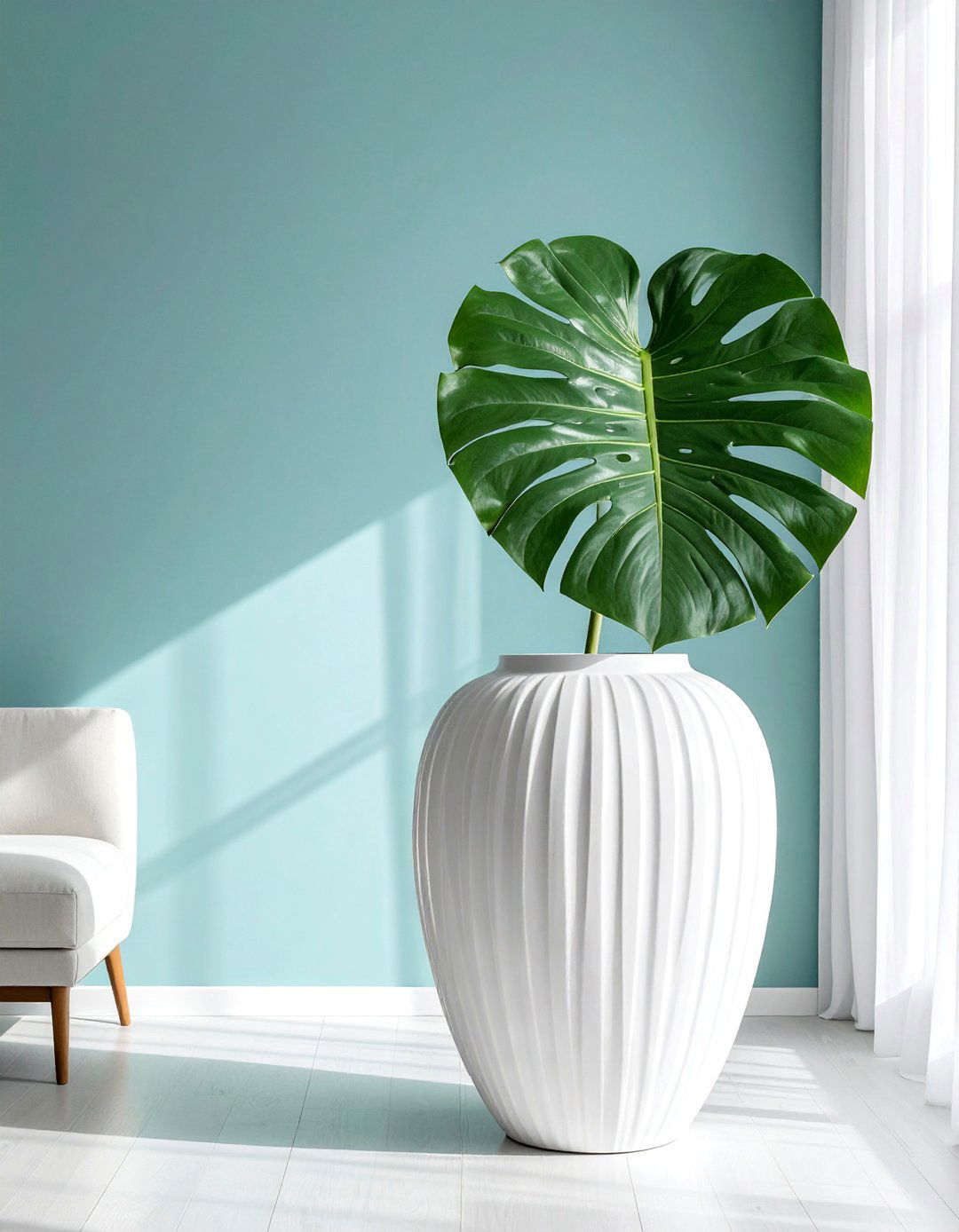
Scale is a powerful tool in the Postmodern playbook, with designers often using exaggerated and oversized decorative objects to create a sense of surprise and whimsy. This could be a giant, non-functional clock on a wall, an enormous vase holding a single, dramatic stem, or a floor lamp scaled up to a surreal size. These pieces disrupt our normal perception of space and proportion, acting as sculptural focal points that are both humorous and visually arresting. By playing with scale in this way, the design introduces a theatrical element that challenges convention and transforms the room into a more imaginative and engaging environment.
14. Deliberately Clashing Colors and Patterns
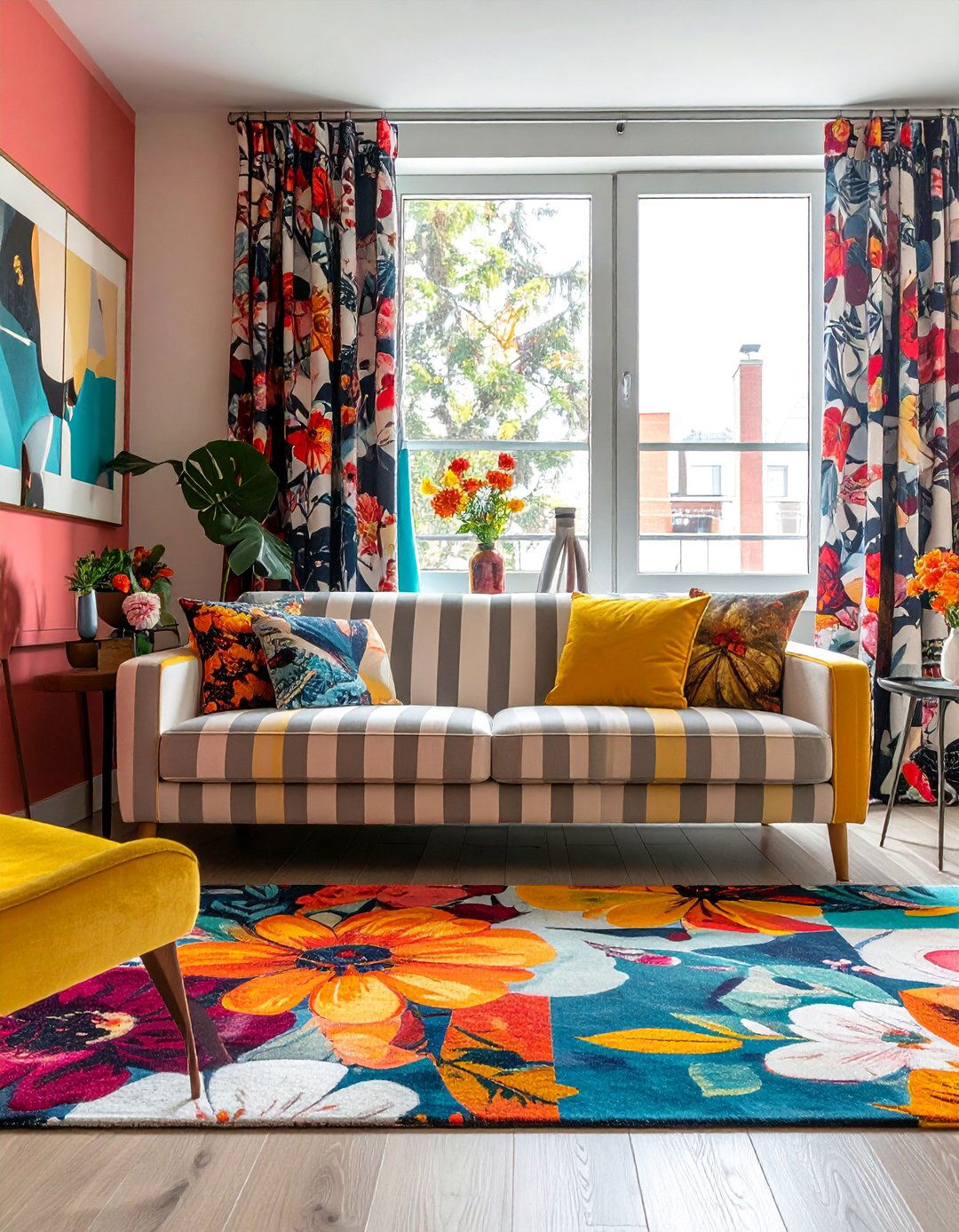
Where modernism sought harmony, Postmodernism revels in deliberate discord. A key strategy is to combine colors and patterns that would traditionally be considered clashing. Imagine pairing a black-and-white checkerboard floor with walls featuring a floral chintz pattern and furniture upholstered in a vibrant, geometric print. The key is to commit to the chaos with confidence. This approach rejects restrictive color theories and celebrates creative freedom. The result is a visually rich and layered interior that is bursting with energy and personality, showcasing a fearless approach to decoration that is uniquely individual and impossible to ignore.
15. Pop Art Inspired Wall Decor
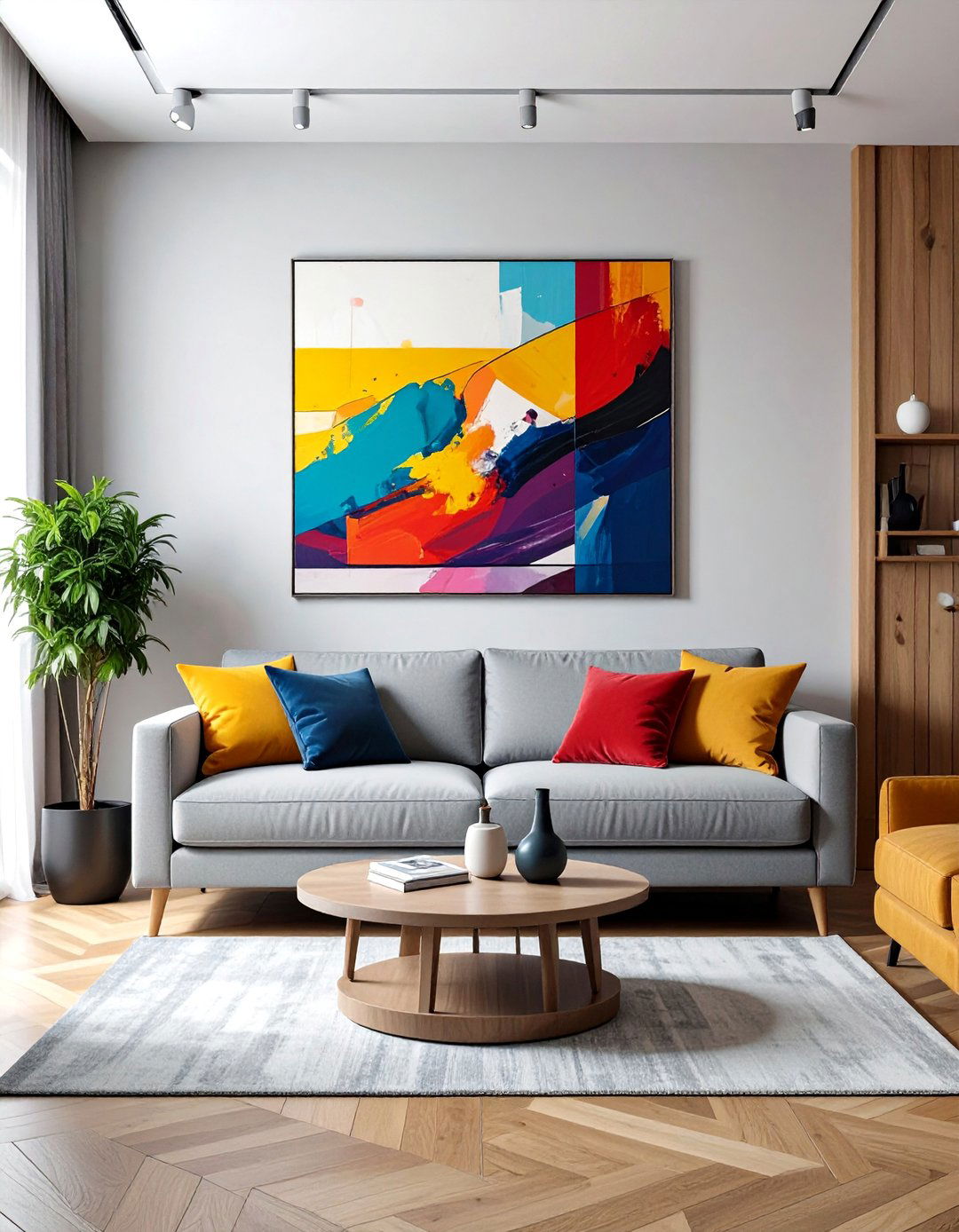
Pop Art's influence is deeply woven into the fabric of Postmodern design, with its celebration of mass culture and bold, graphic imagery. Incorporate this by hanging large-scale artworks inspired by artists like Andy Warhol or Roy Lichtenstein. These pieces often feature everyday objects, comic book scenes, or celebrity portraits rendered in bright, saturated colors. A series of screen prints or a single, impactful canvas can serve as the vibrant focal point of a room. This type of wall decor injects a sense of fun and cultural relevance, breaking down the barrier between high art and popular entertainment for a look that is both smart and stylish.
16. Checkerboard and Grid Motifs
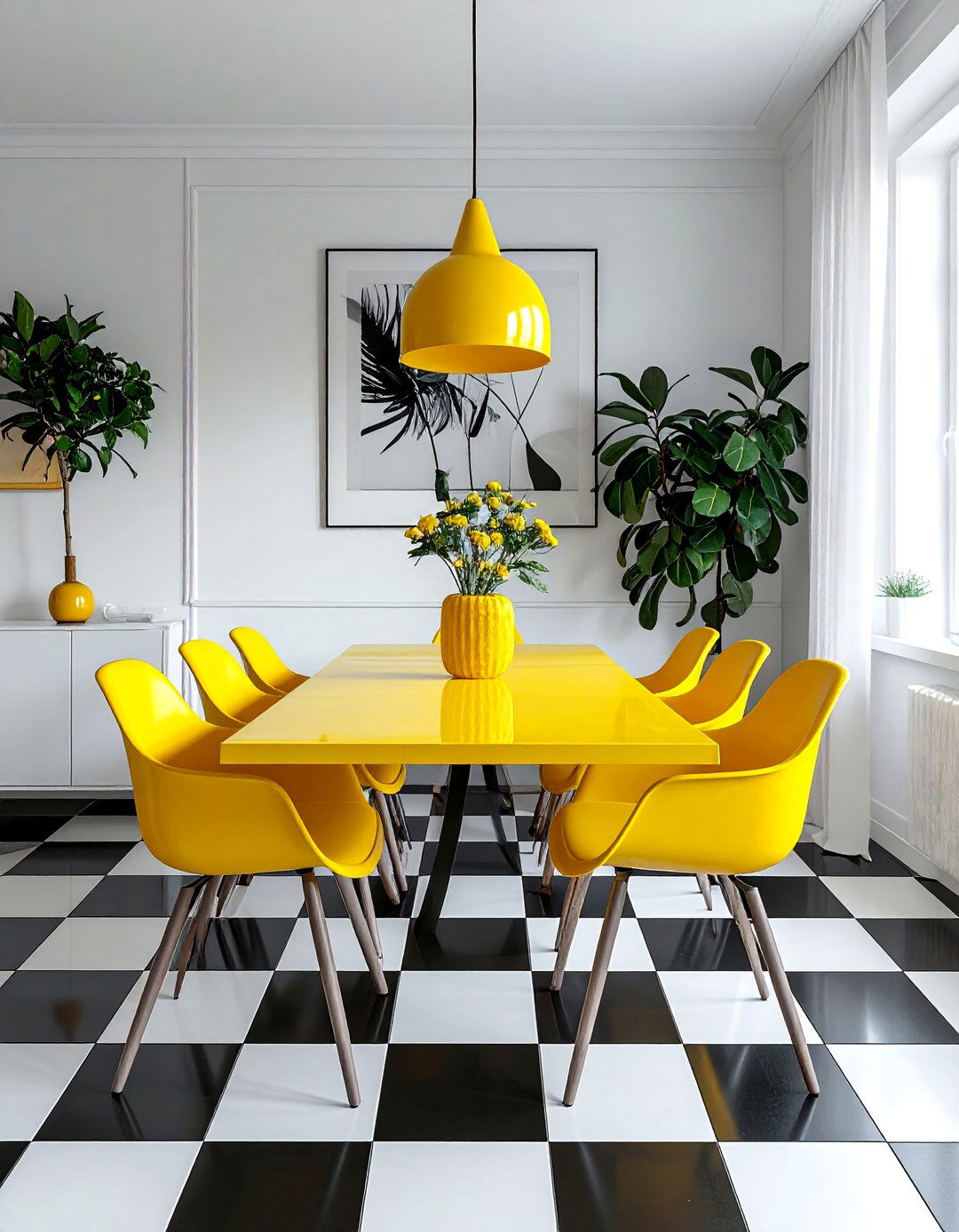
The checkerboard pattern is a simple yet powerful graphic motif frequently used in Postmodern interiors. Its clean lines and high contrast provide a structured counterpoint to the more chaotic elements of the style. This pattern is most famously used on flooring, in classic black and white or updated with bold colors like red and yellow. However, it can also be applied to a kitchen backsplash, a textile pattern on a rug or throw pillows, or even as a painted motif on a piece of furniture. The grid-like structure adds a sense of order and rhythm, while its playful, graphic nature keeps it firmly within the Postmodern aesthetic.
17. Use of Pedestals for Display
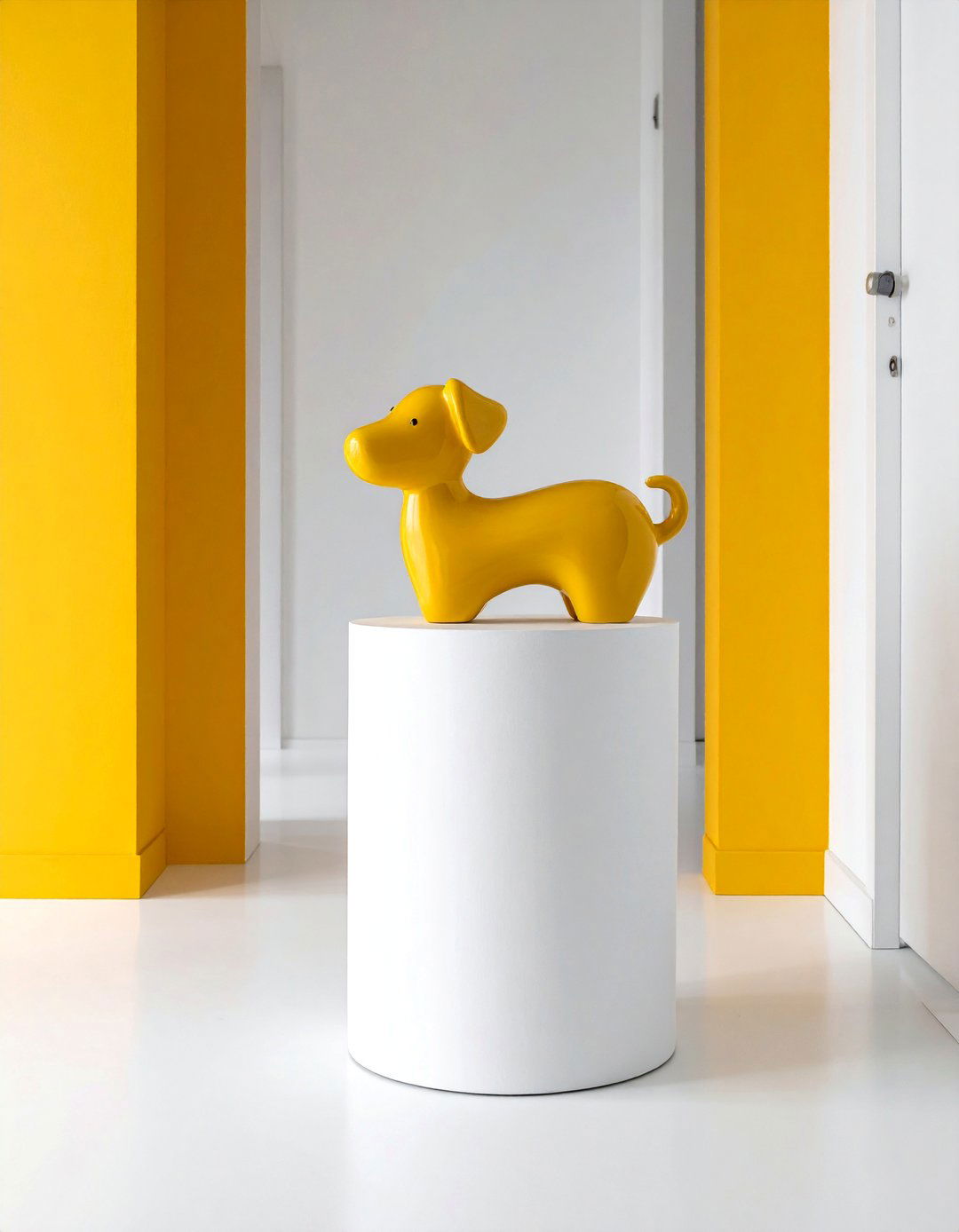
In Postmodern interiors, everyday objects are often elevated to the status of art, and placing them on pedestals is a dramatic way to do so. This act of display is intentionally theatrical and a little ironic. A simple vase, a quirky sculpture, or even a houseplant can be placed on a minimalist column or a colorful, geometrically shaped pedestal. This draws the eye to the object, giving it importance and turning it into a deliberate focal point within the room's design. Using pedestals of varying heights can create a dynamic, gallery-like arrangement that adds a layer of curated sophistication and playful drama to the space.
18. Furniture with Unconventional Shapes
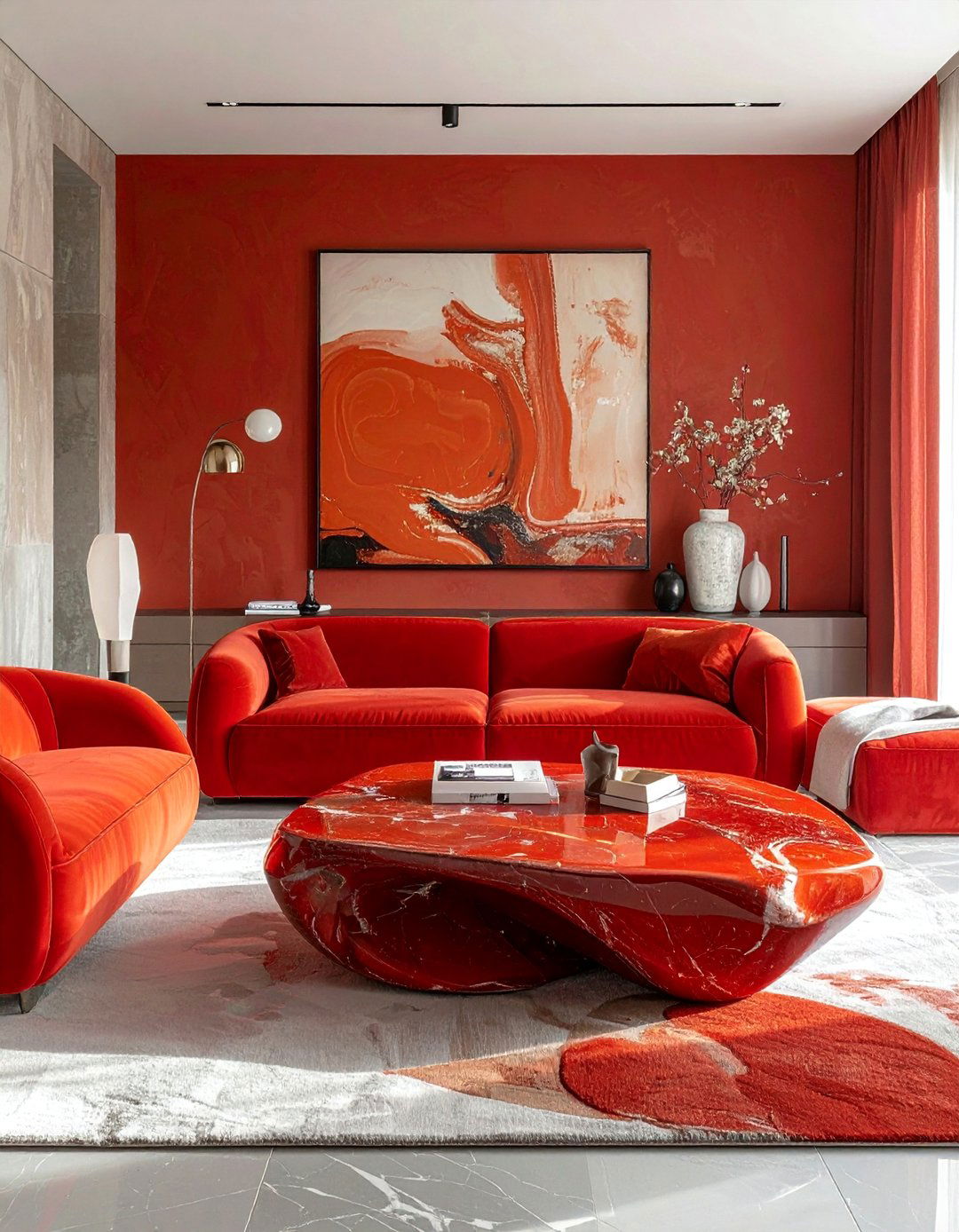
Postmodern furniture design often abandons traditional forms in favor of unconventional, sculptural shapes. This is about prioritizing artistic expression over pure ergonomics. Look for sofas with undulating, serpentine curves, chairs that resemble abstract sculptures, or coffee tables with irregularly shaped tops and legs set at odd angles. These pieces challenge our expectations of what furniture should look like and how it should function. A single statement piece with a bizarre or exaggerated silhouette can transform a room, serving as a conversation starter and a clear declaration of a bold, anti-traditional design sensibility that is full of character.
19. Integration of Neon Lighting Elements
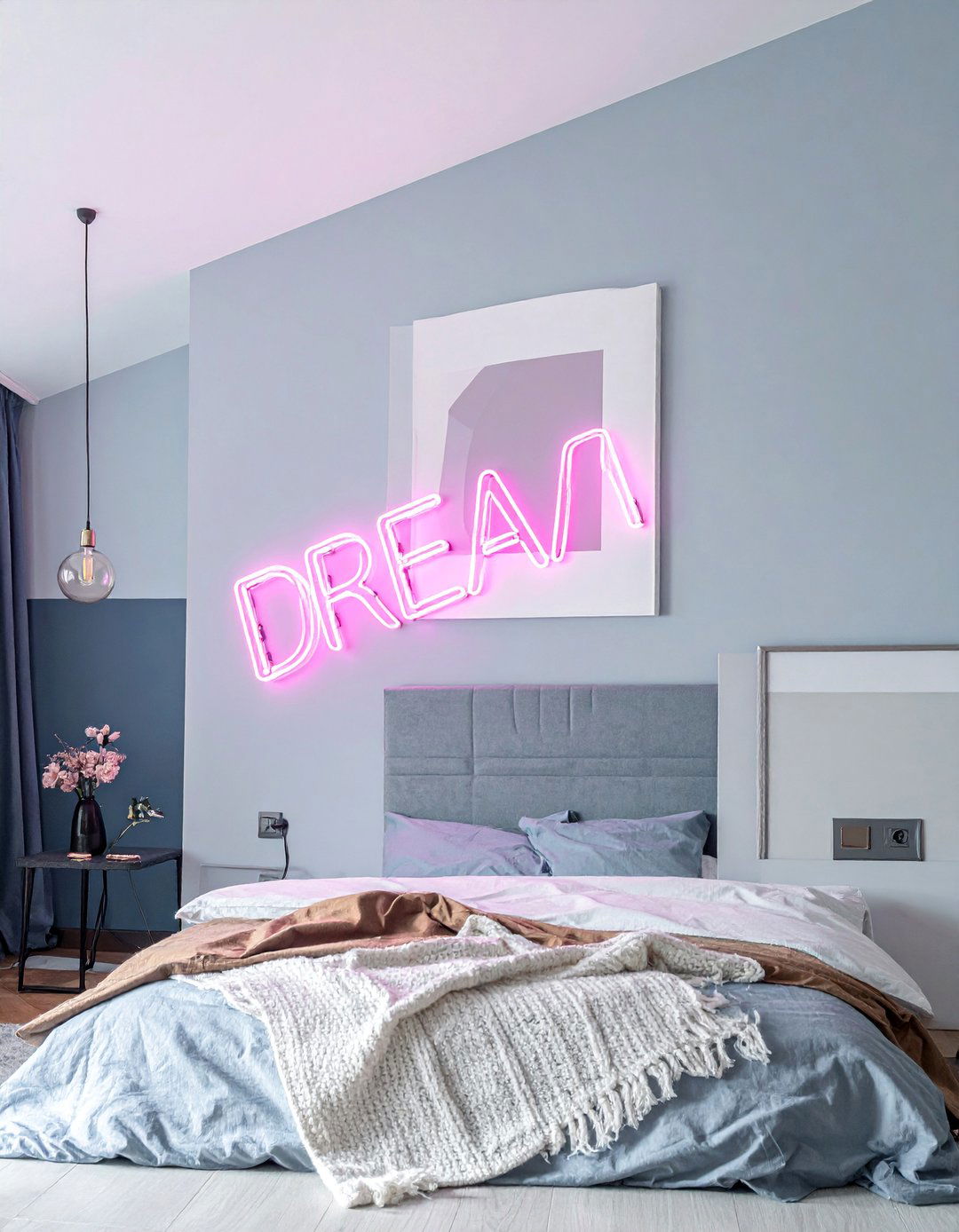
Neon lighting brings a vibrant, urban, and distinctly 80s feel to Postmodern interiors. It's used not just for illumination but as a form of art and decoration. This could be a custom neon sign spelling out a playful word or phrase, a simple geometric shape like a pink triangle mounted on the wall, or neon tubes used to outline an architectural feature like a doorway or a piece of furniture. The intense, colorful glow of neon adds a layer of edgy, graphic energy to the space. It is an unapologetically modern and artificial element that perfectly captures the style's embrace of pop culture and bold visual statements.
20. Exposed and Colorfully Painted Ductwork
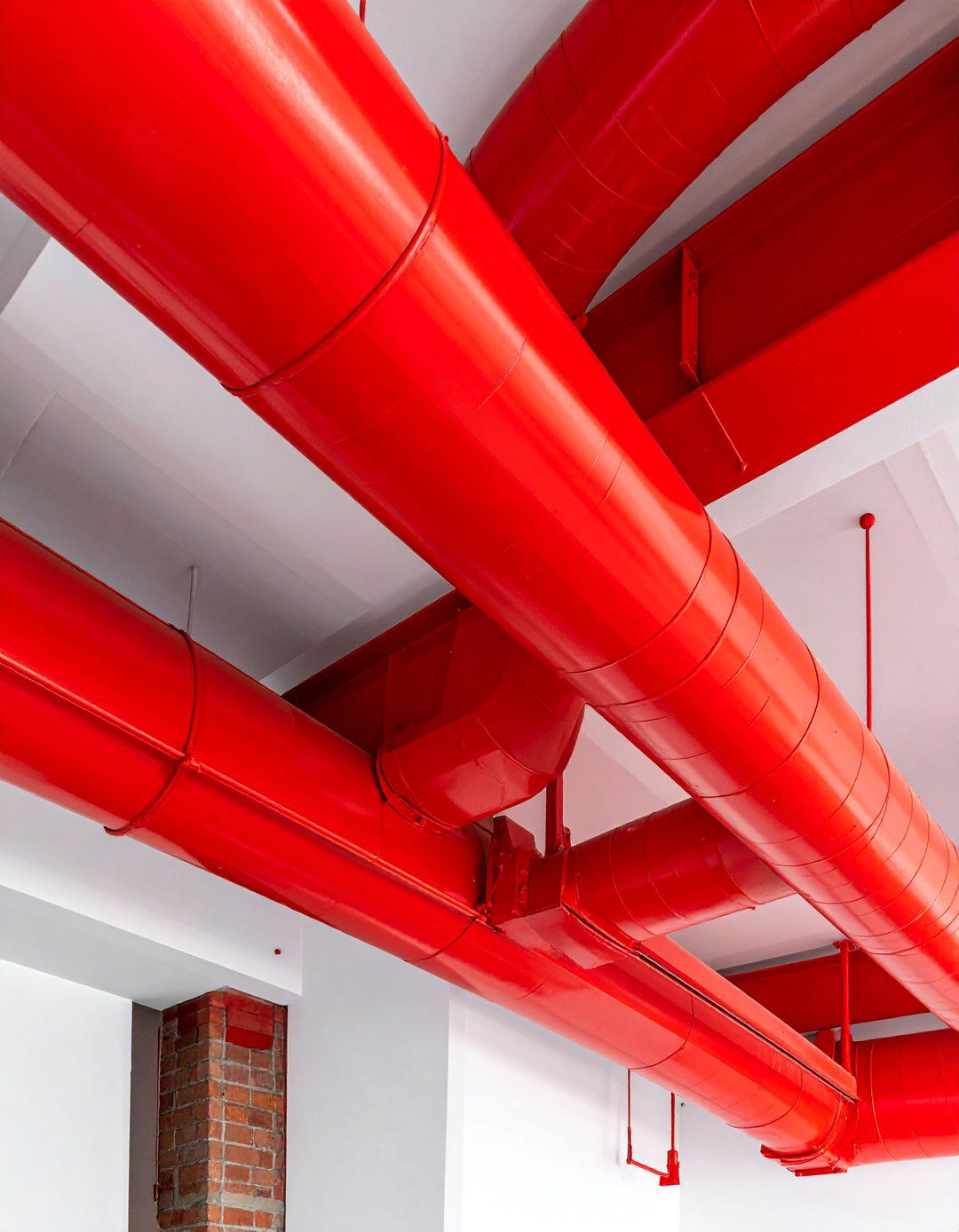
Following the lead of buildings like the Pompidou Centre in Paris, Postmodern interiors sometimes celebrate what is usually hidden. This involves leaving structural elements like air ducts, pipes, and electrical conduits exposed instead of concealing them. To take it a step further, these industrial elements are painted in bright, primary colors like red, blue, or yellow. This transforms utilitarian features into intentional, sculptural design elements. It's a high-tech, deconstructed look that breaks down the barrier between the finished and unfinished, adding an edgy, industrial-chic layer that is both intellectually playful and visually striking.
Conclusion:
Postmodernism interior design is a celebration of freedom, humor, and individuality. It defies rigid rules by blending historical references with pop art, using bold color palettes, and embracing asymmetrical, sculptural forms. By incorporating elements like theatrical decor, unconventional materials, and clashing patterns, you can create a space that is not just a place to live, but a dynamic expression of personal style. This approach encourages you to be fearless and playful, resulting in an interior that is deeply personal, intellectually engaging, and anything but boring, proving its enduring appeal for those who dare to be different.

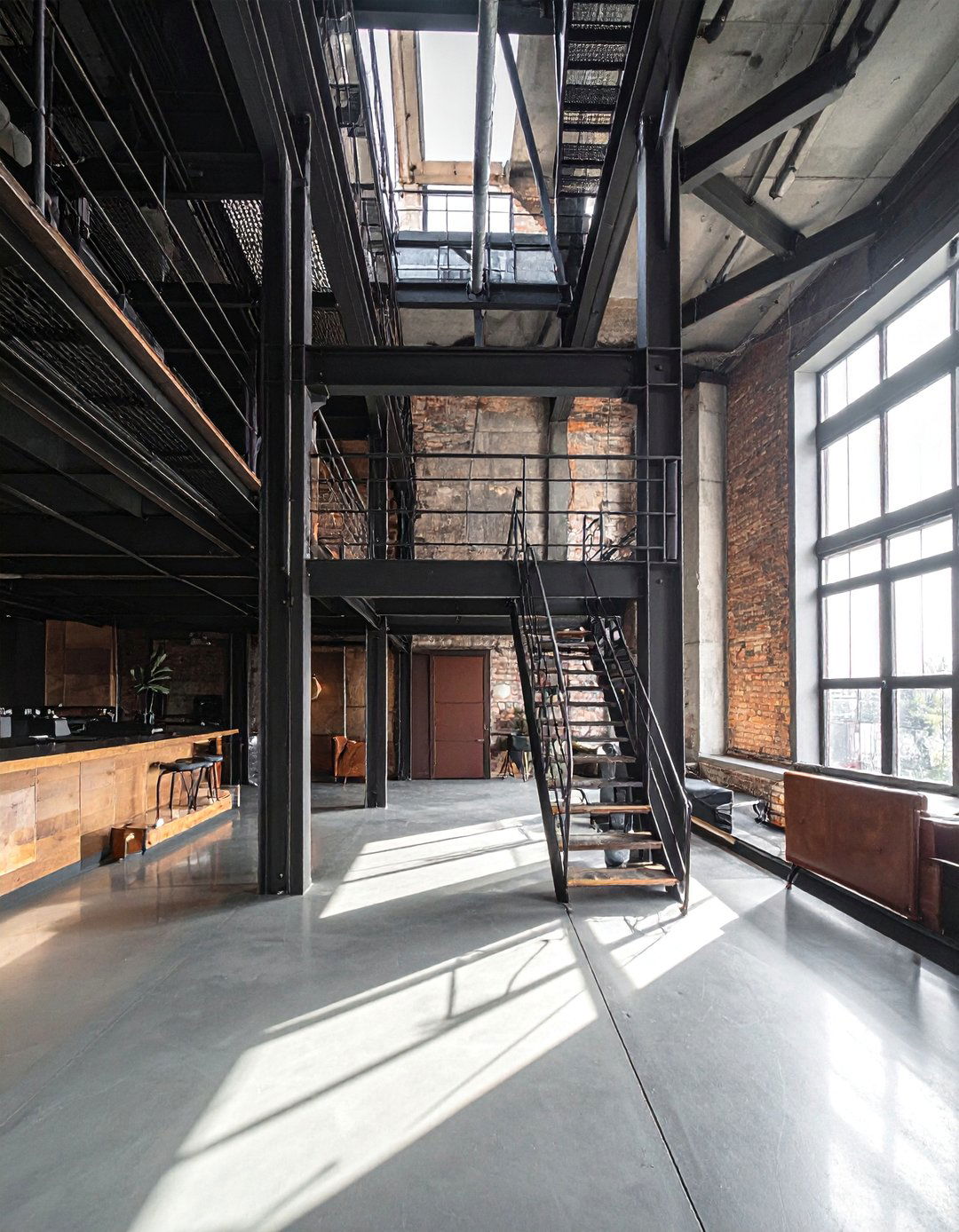
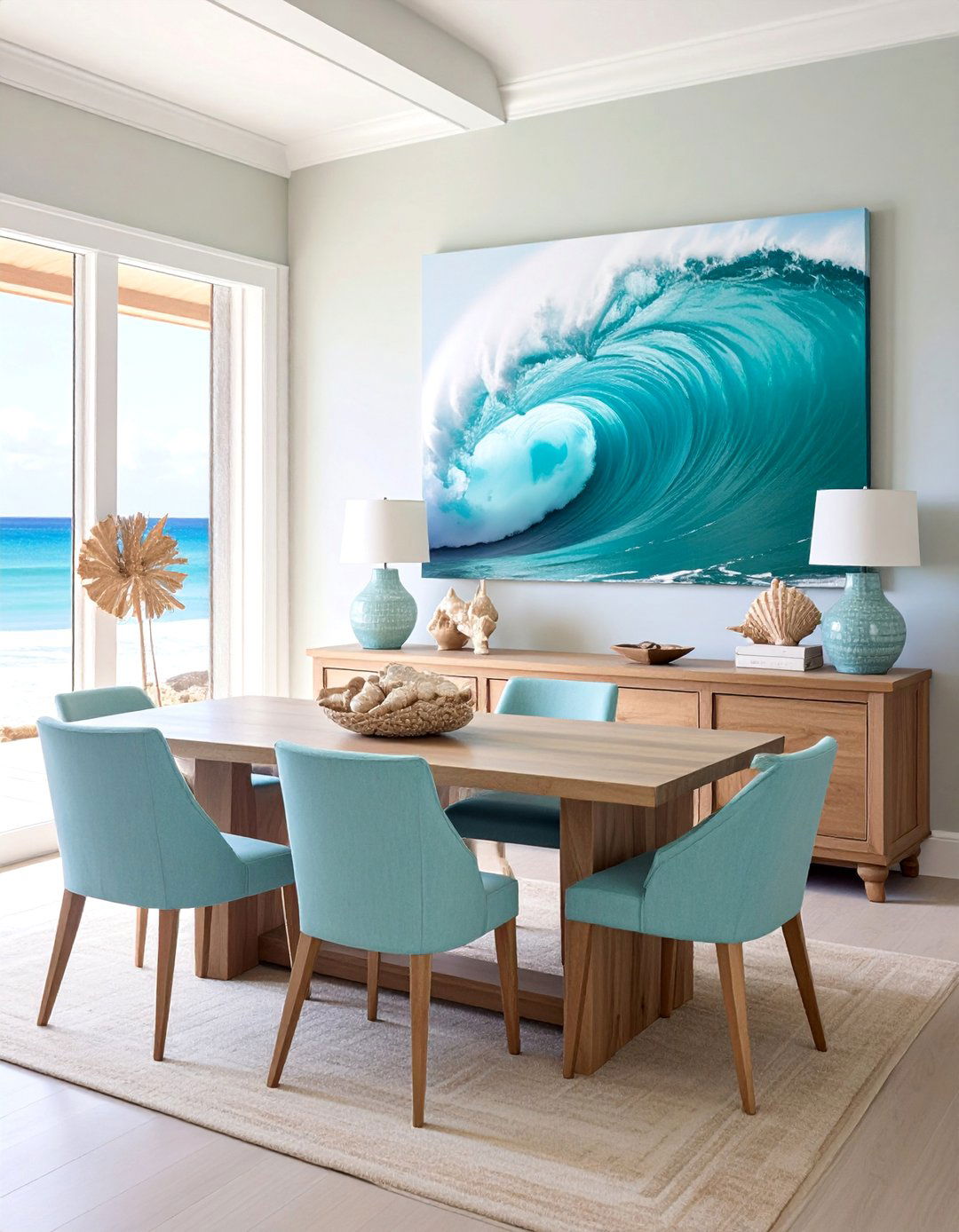
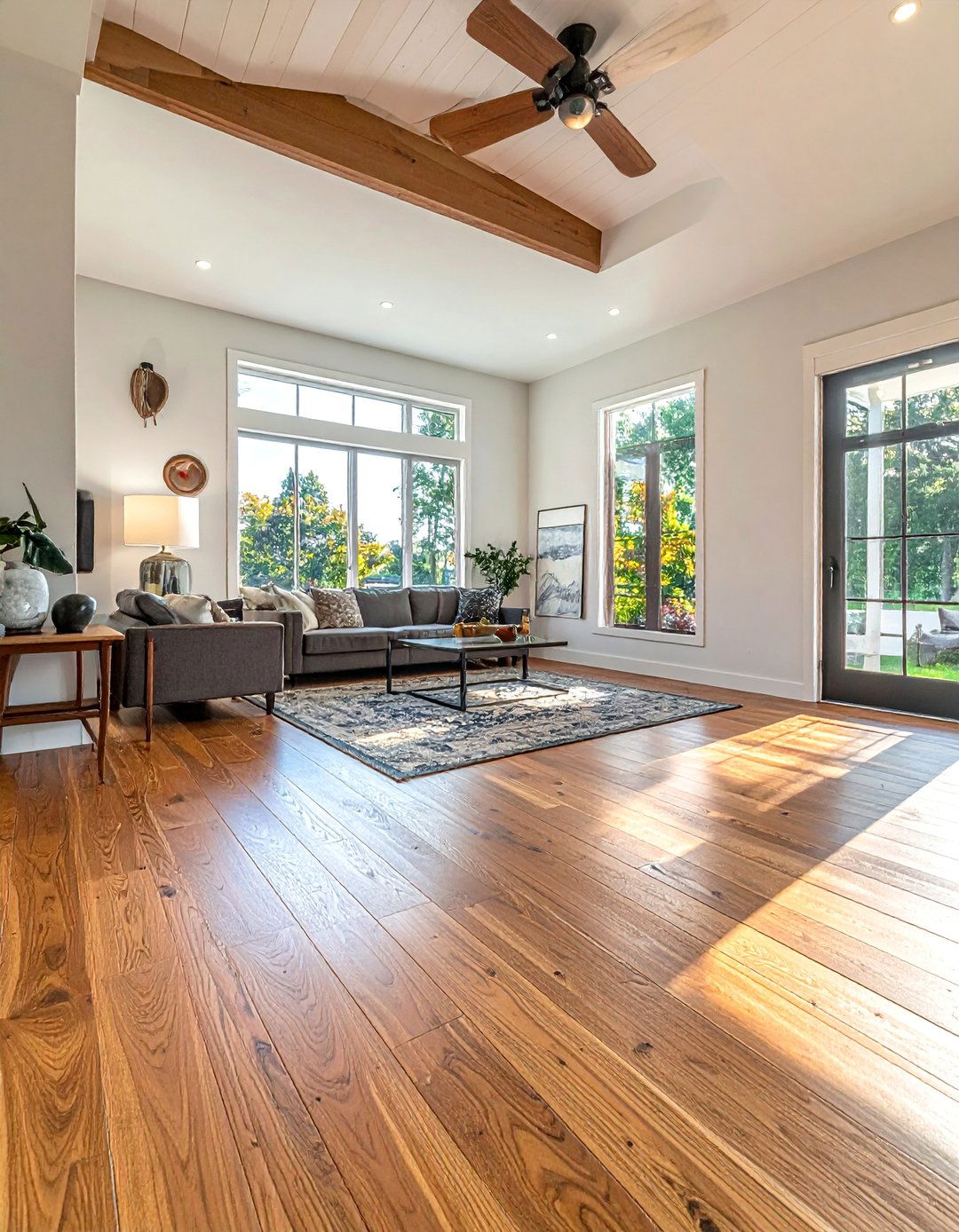
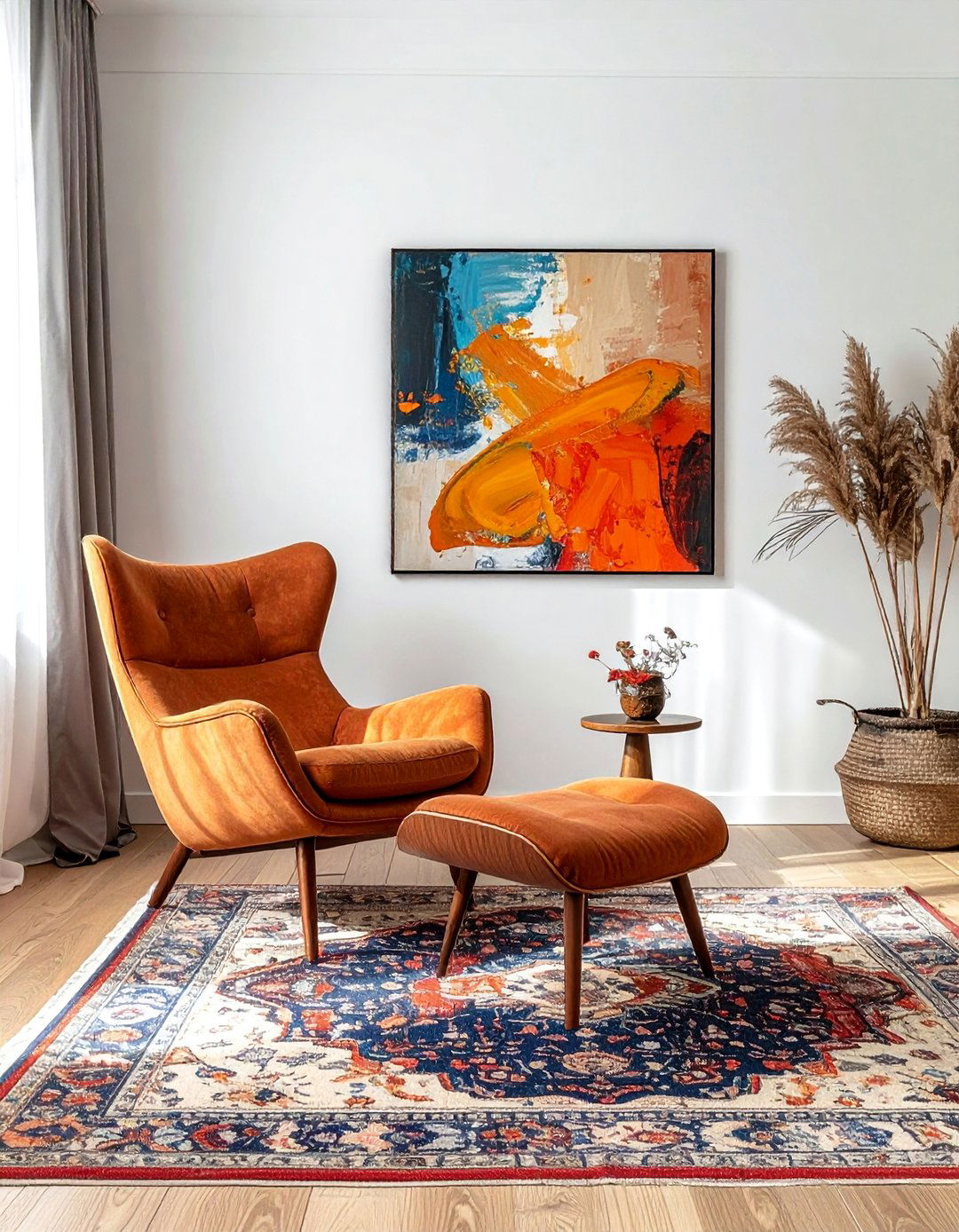
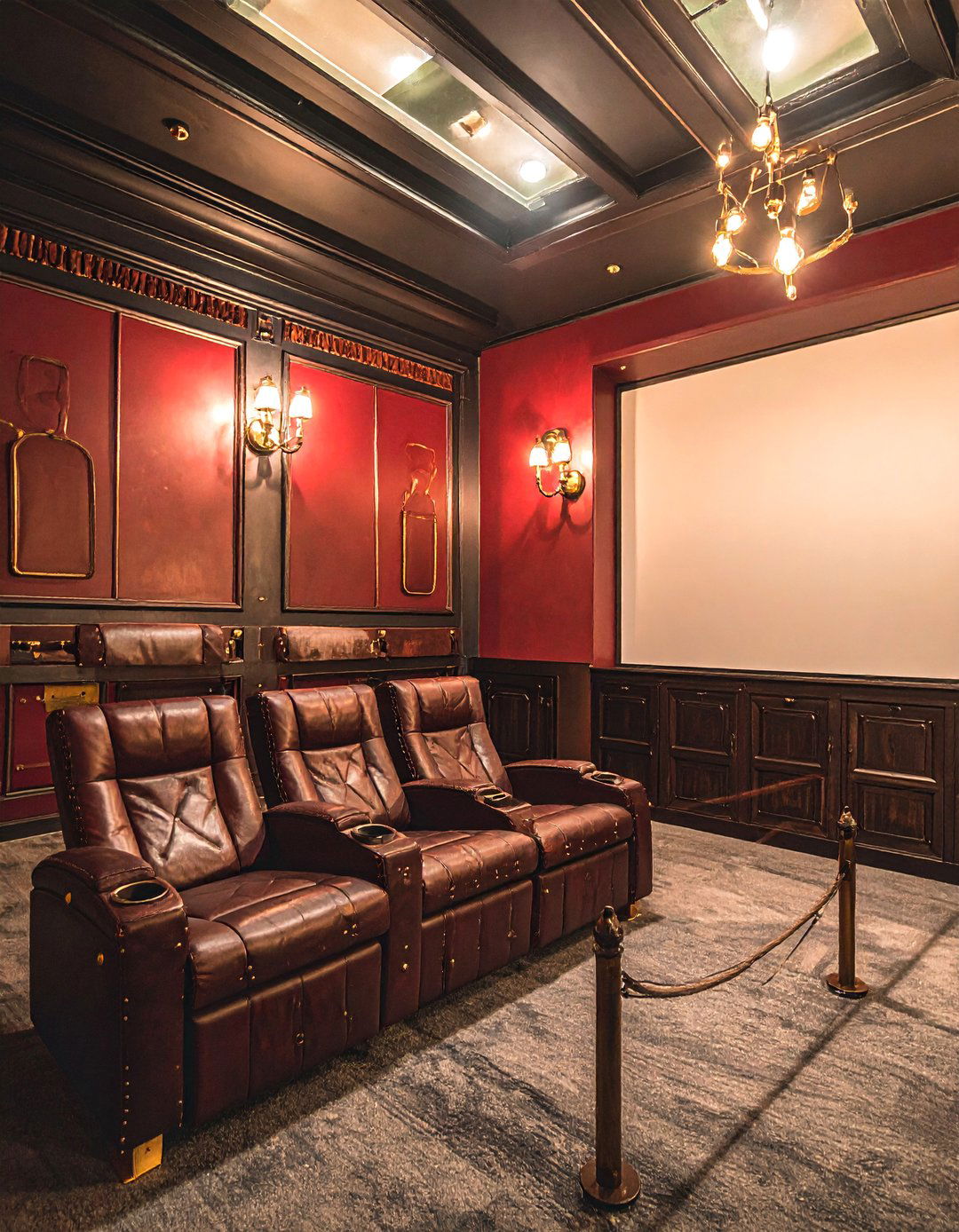
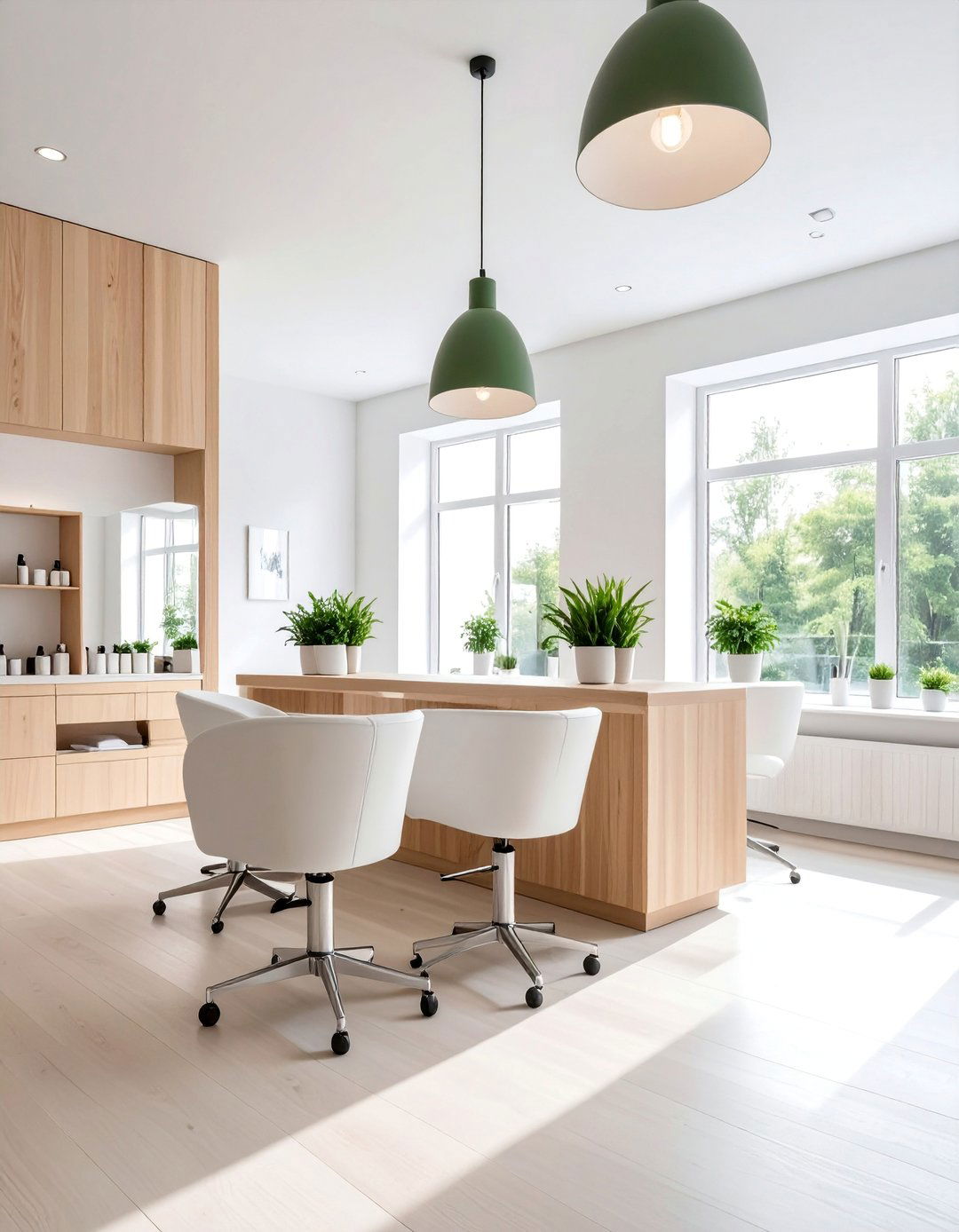
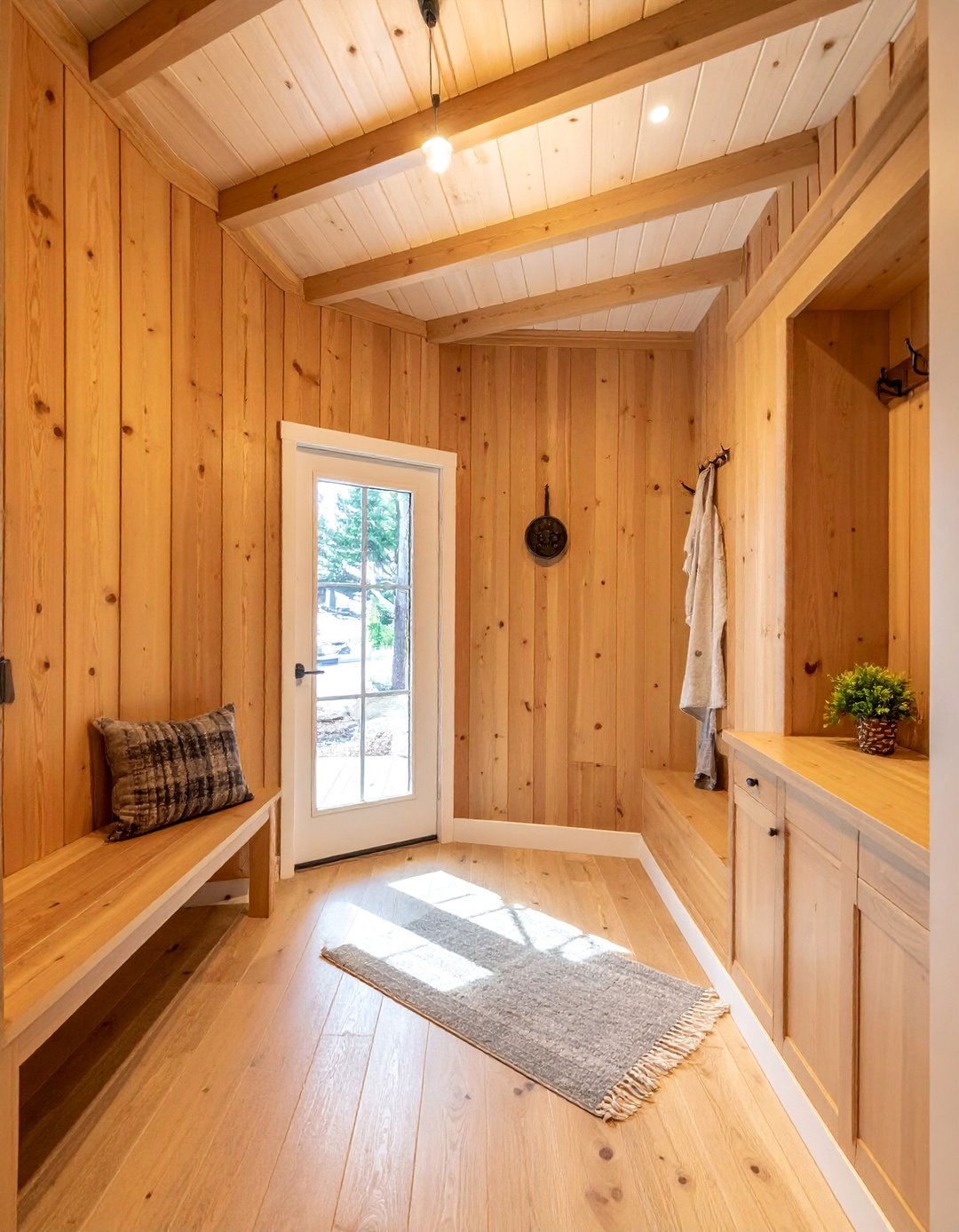
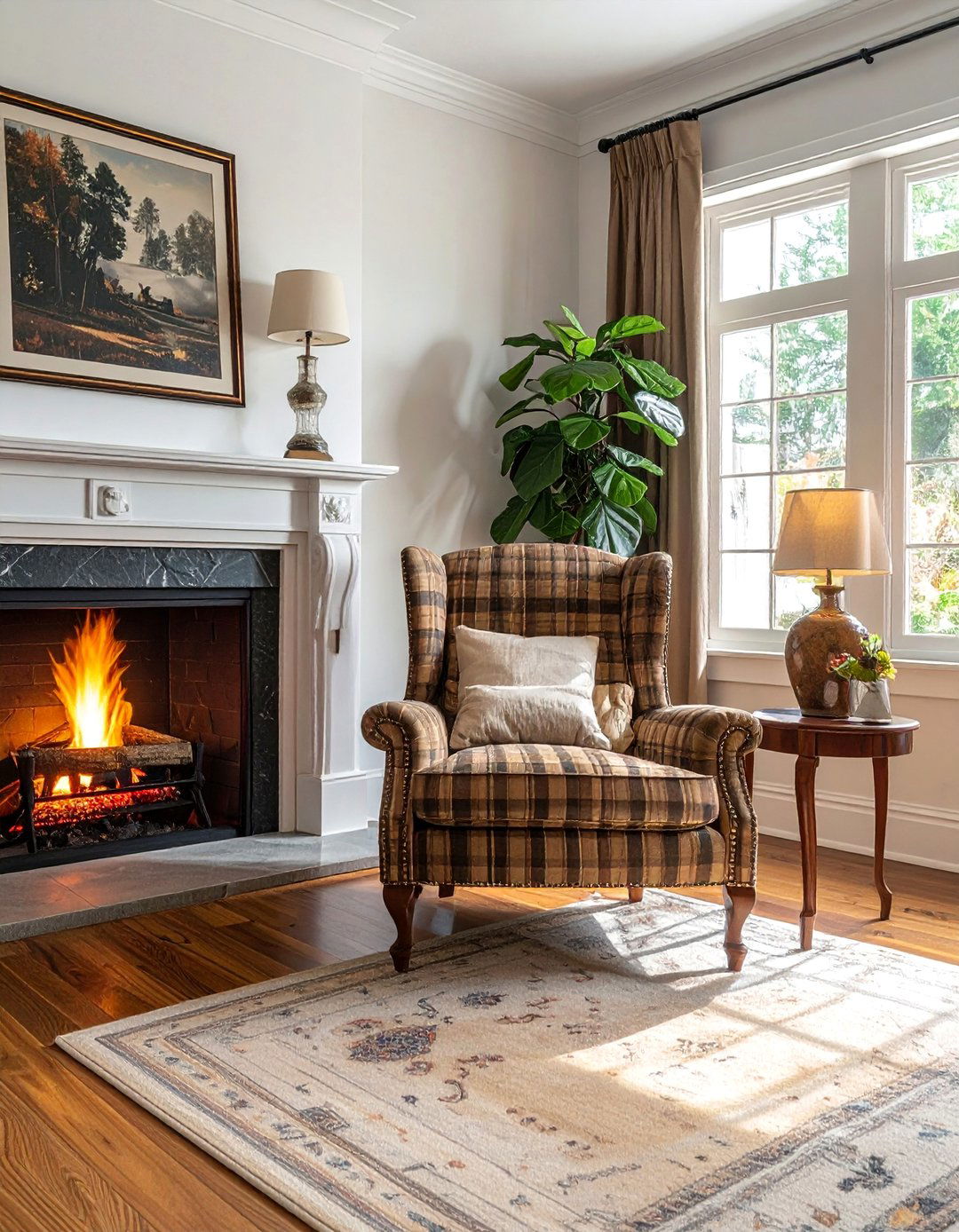
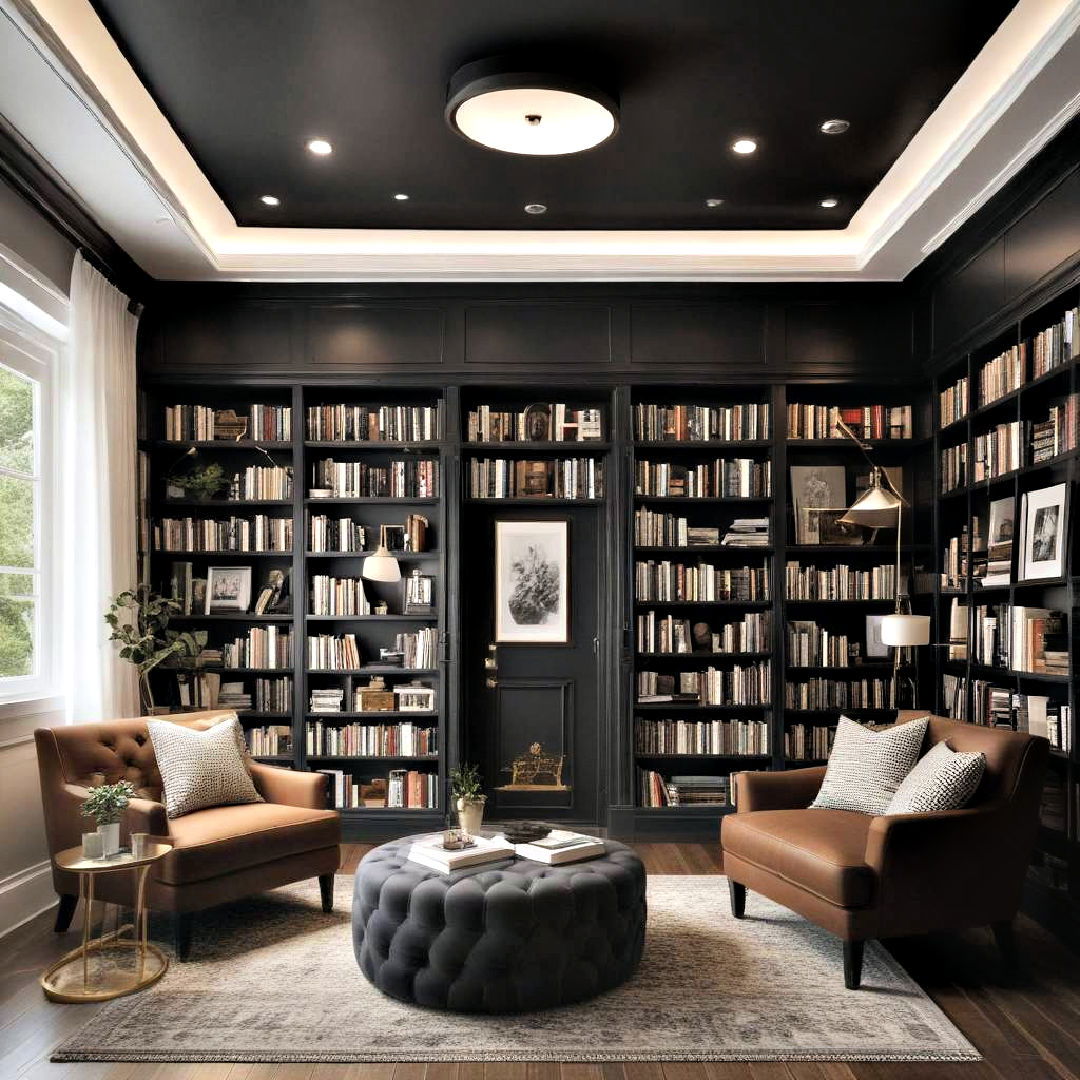
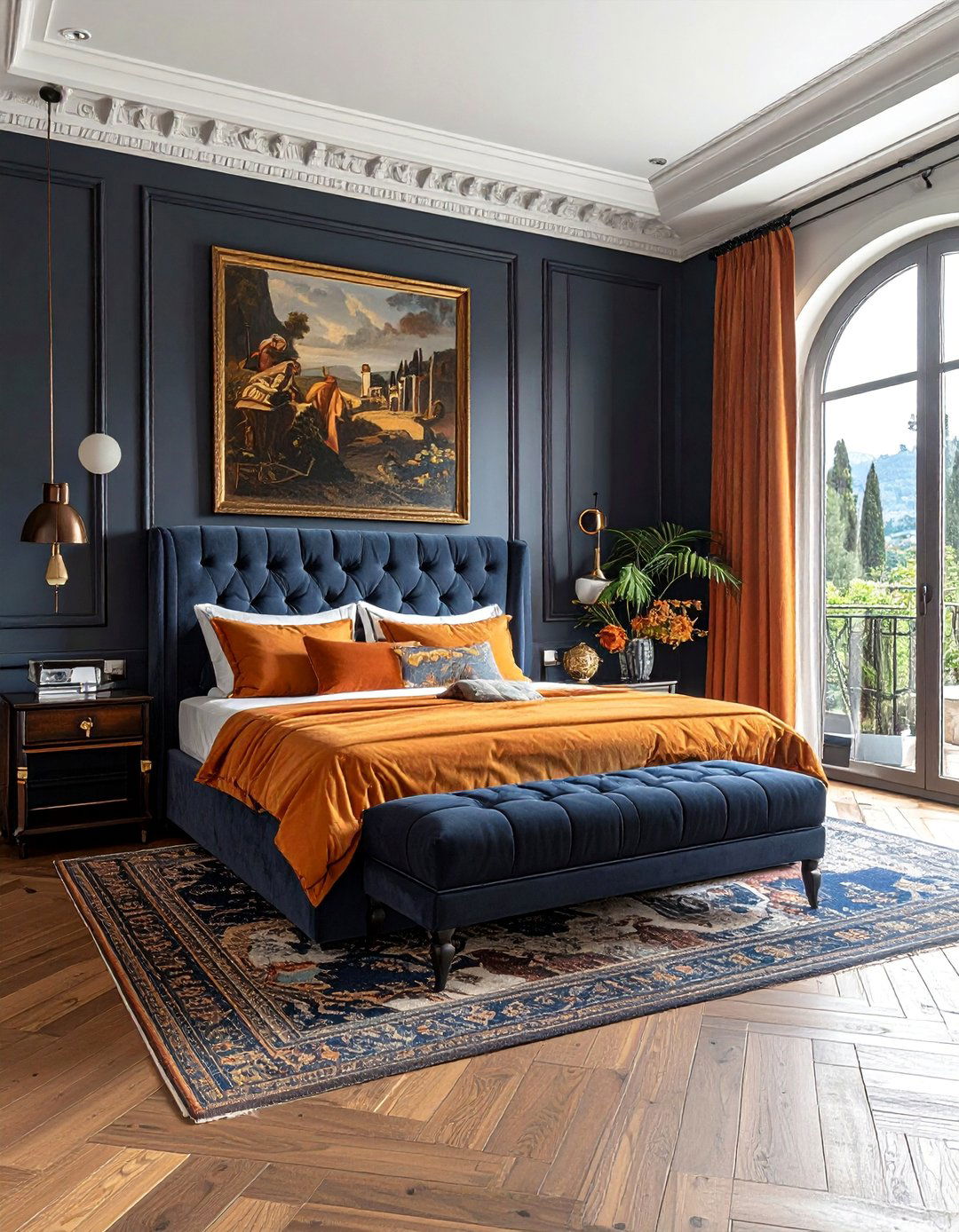
Leave a Reply